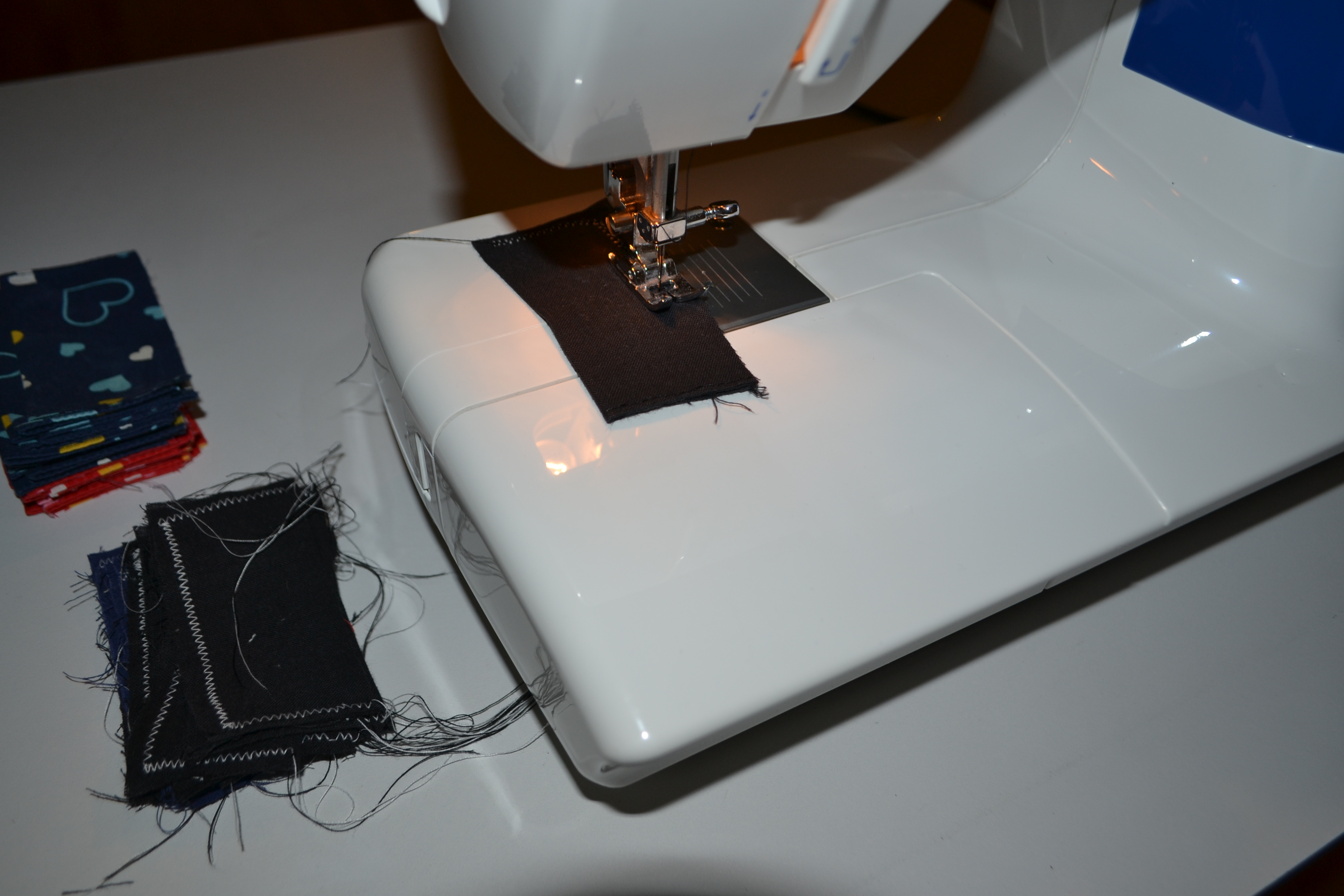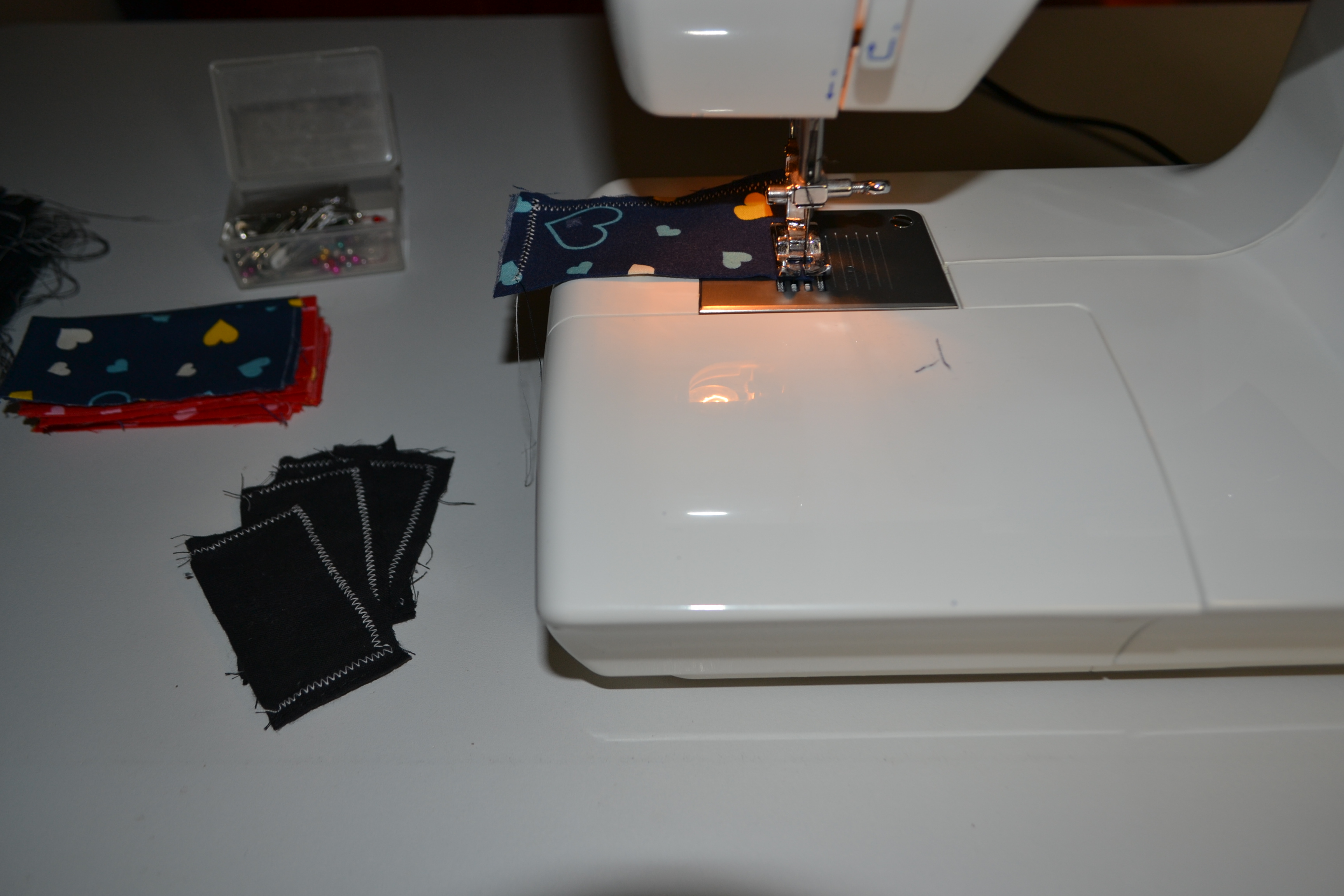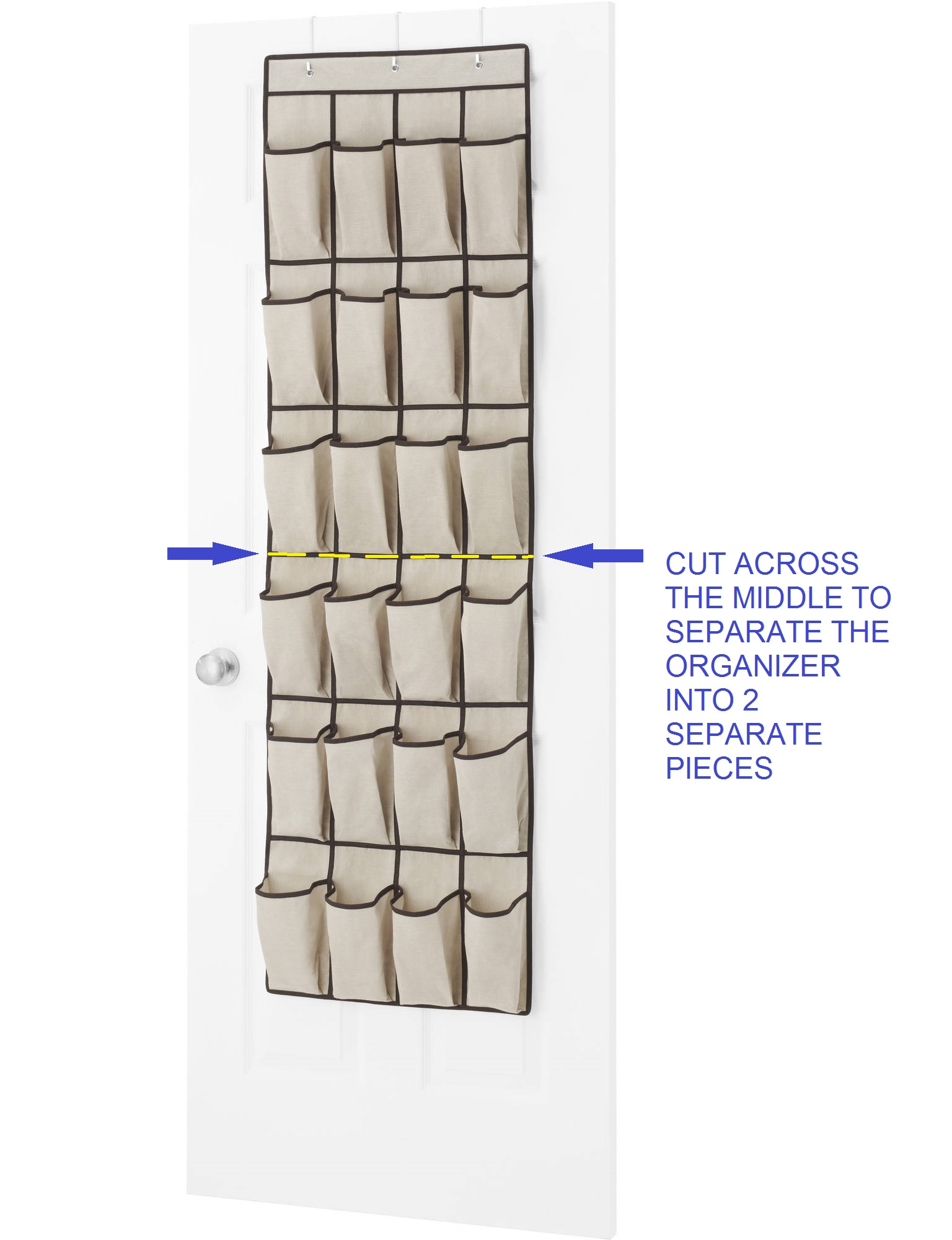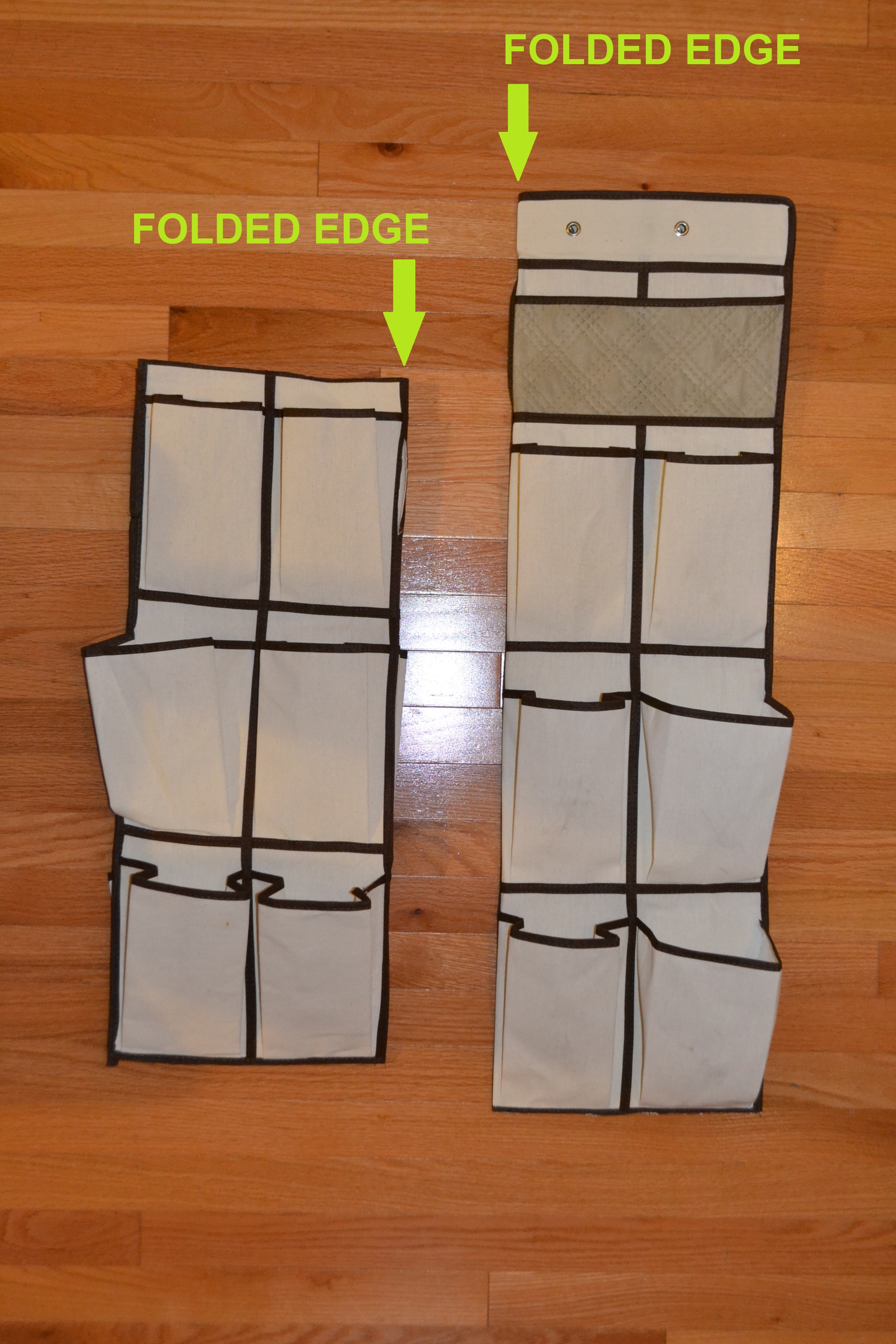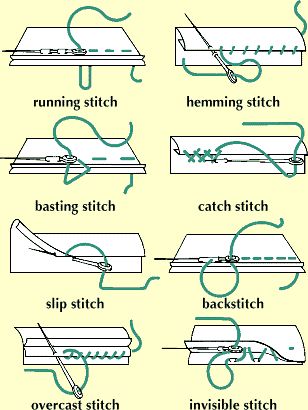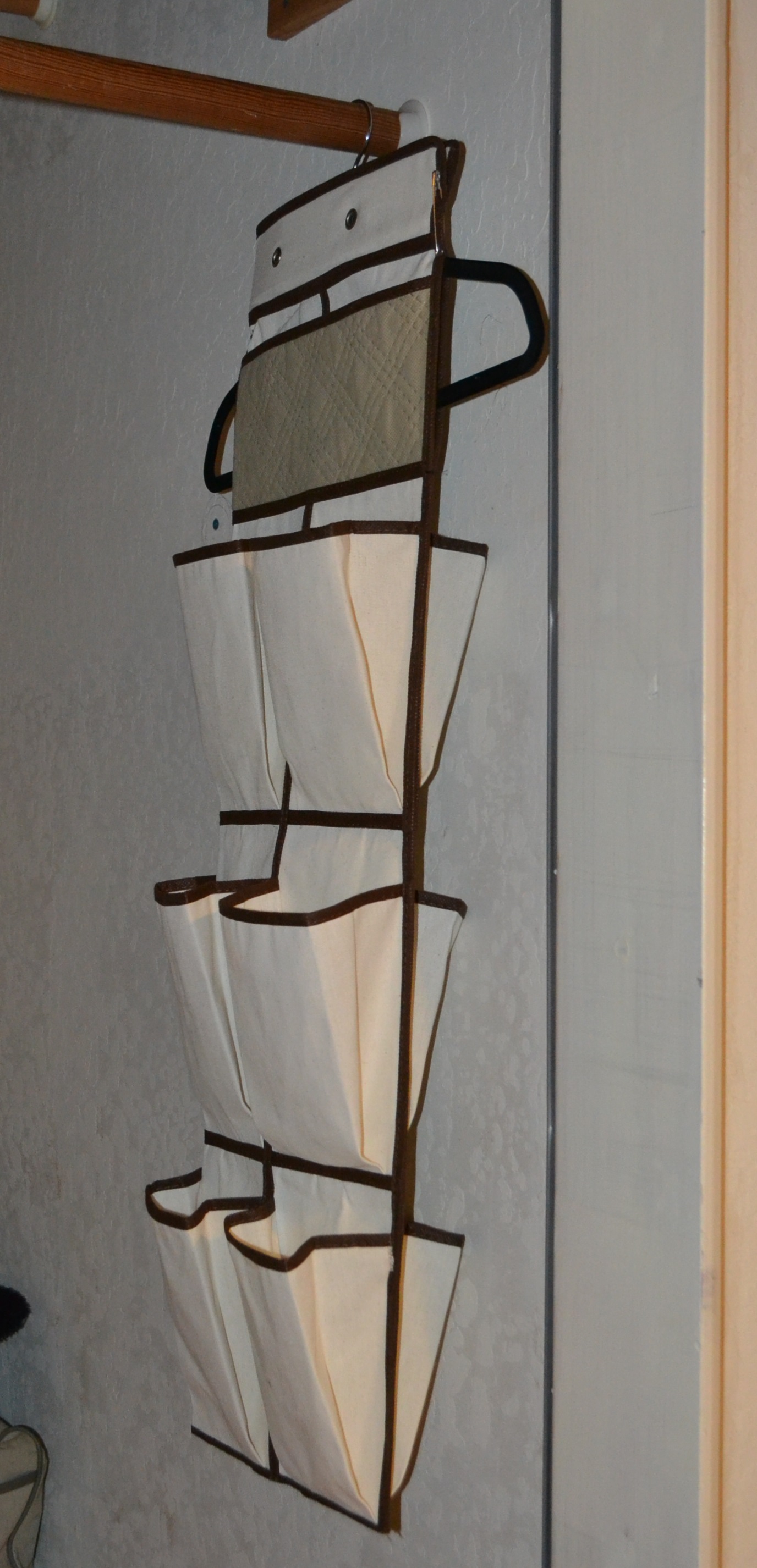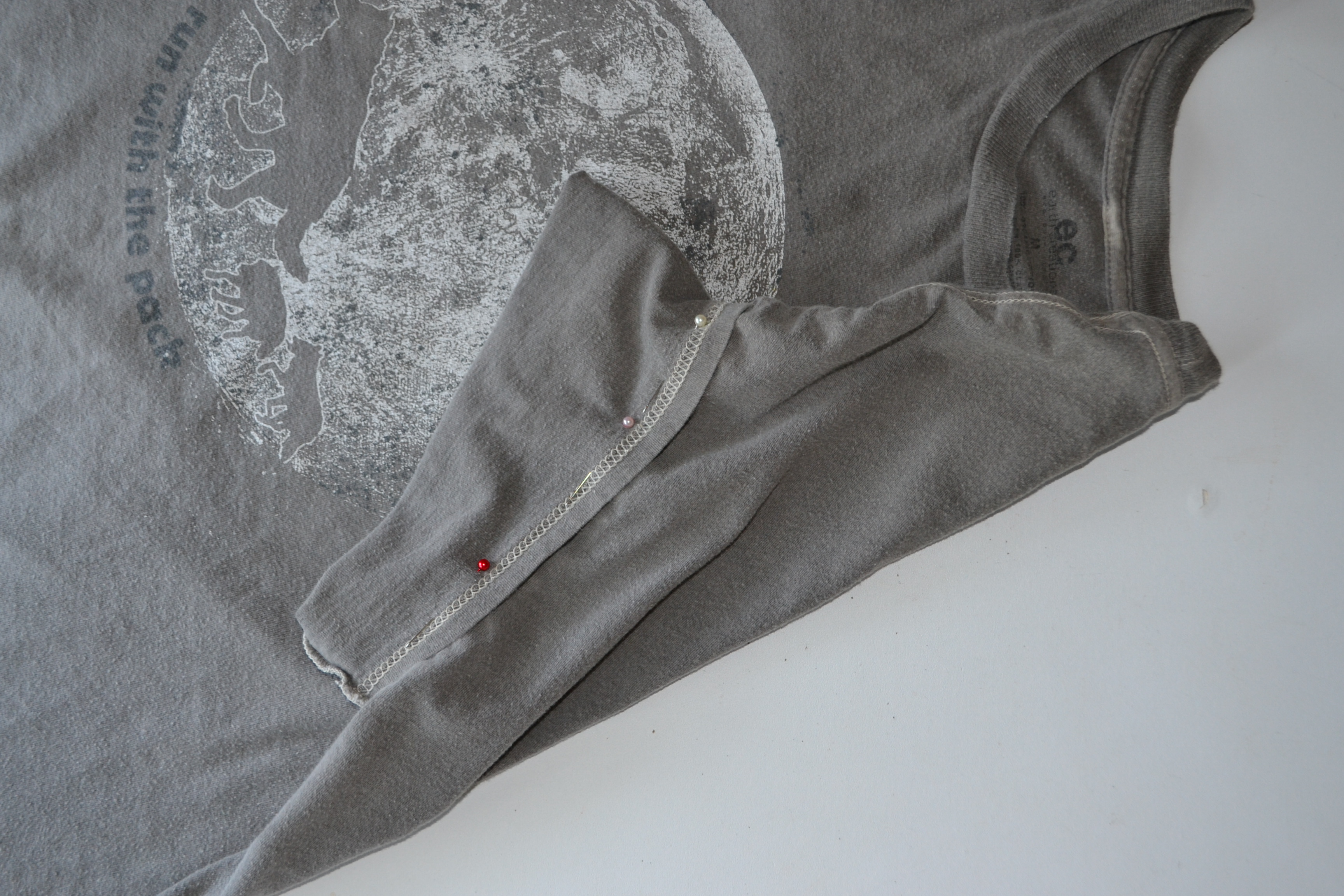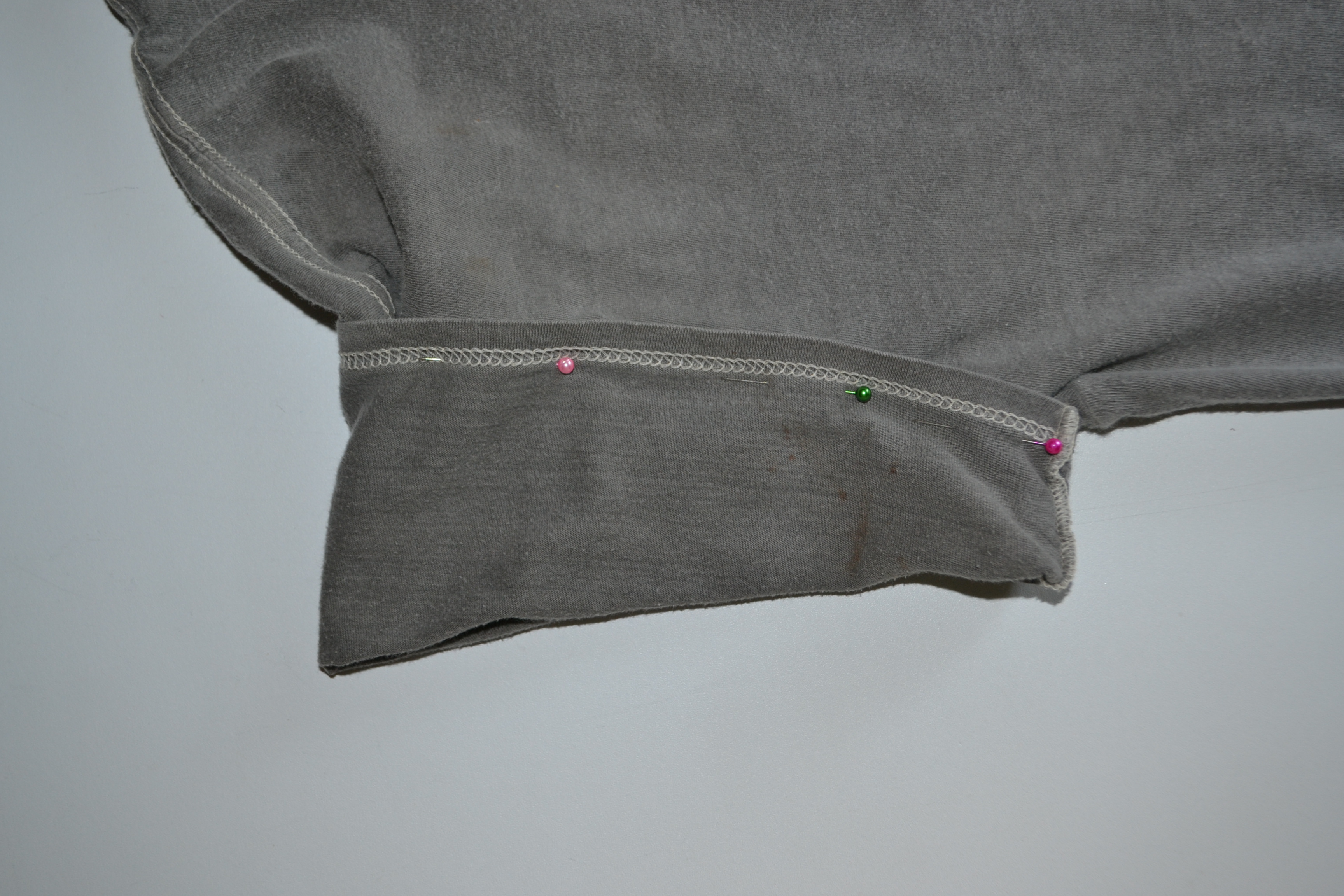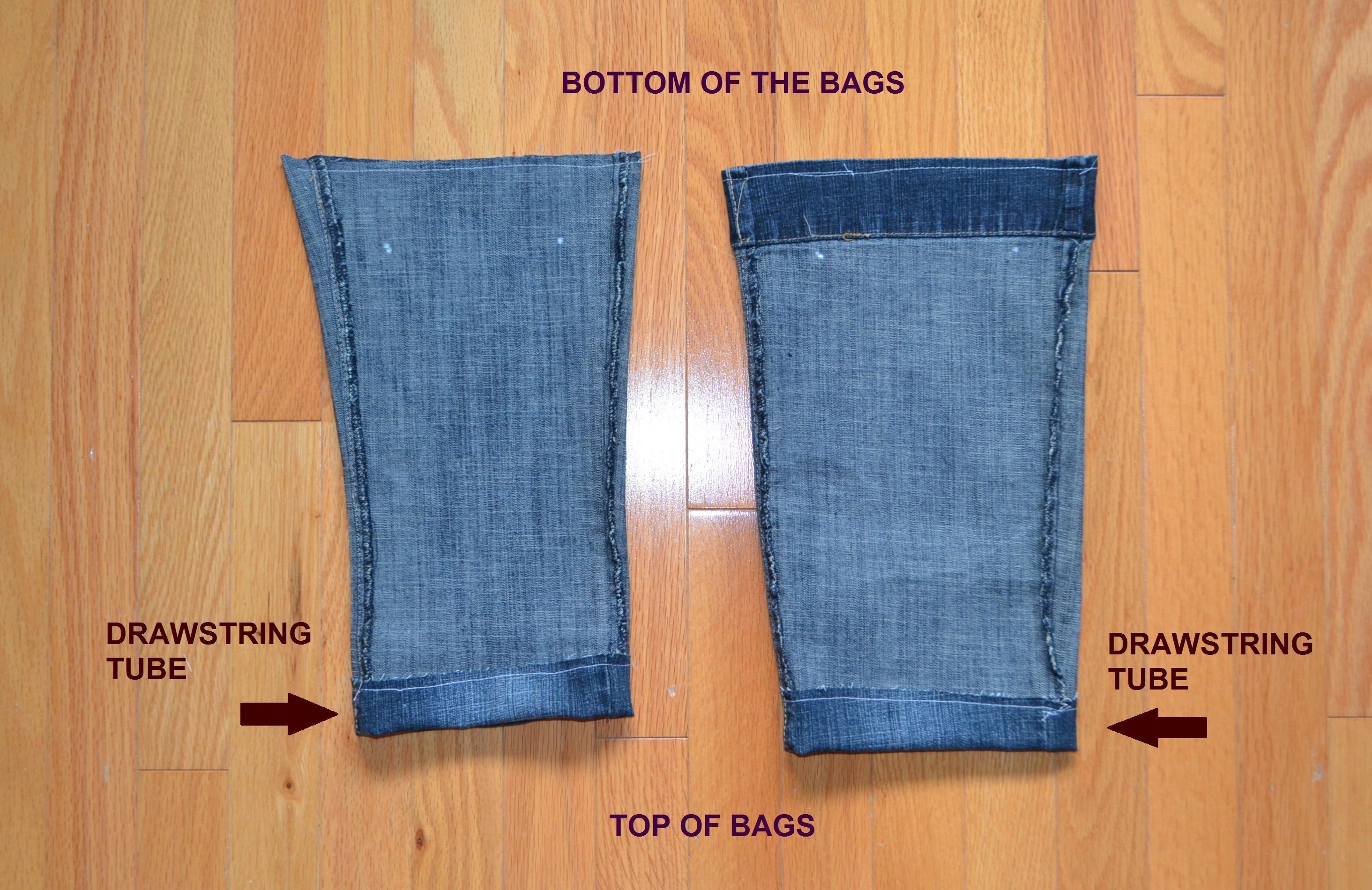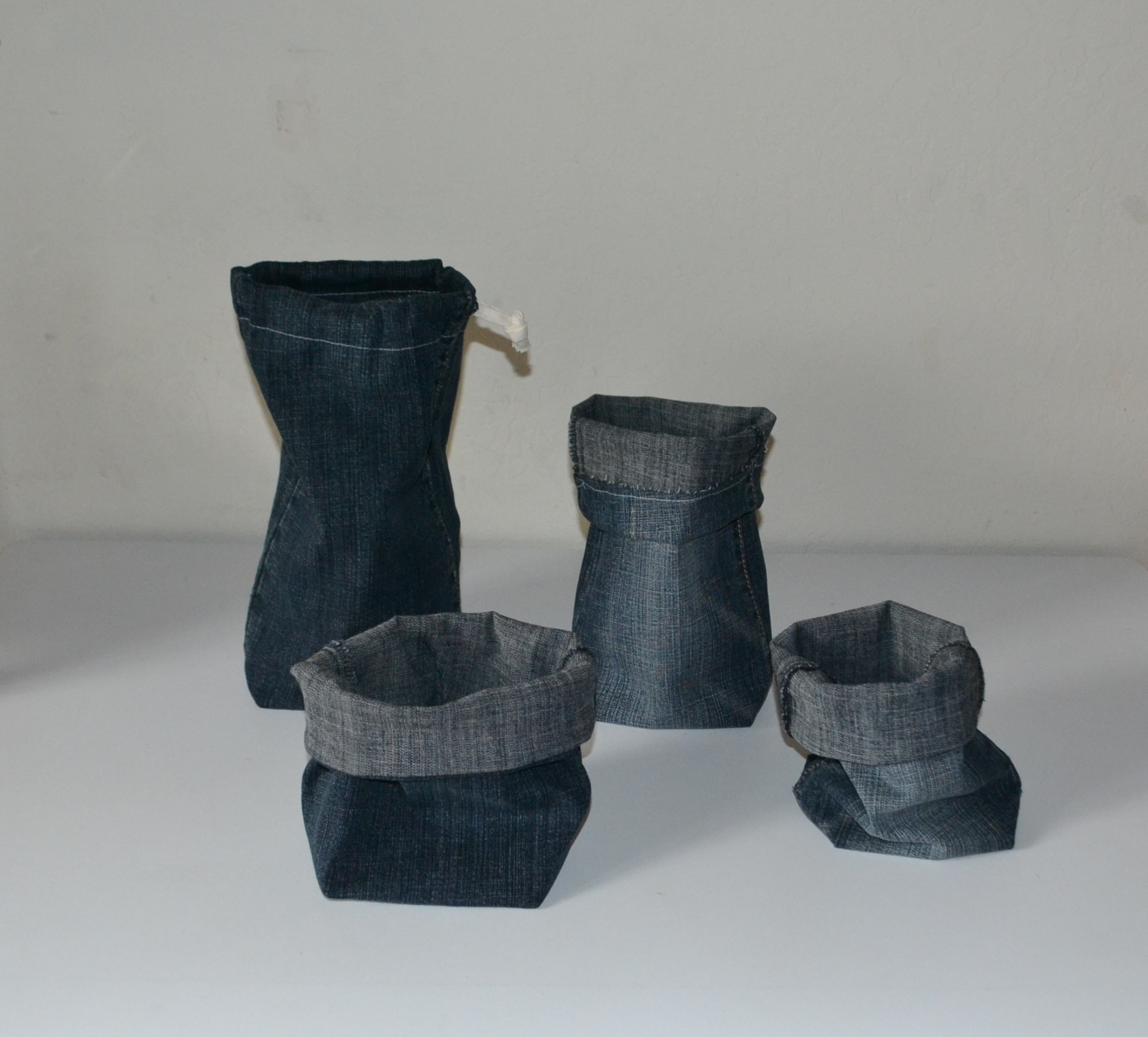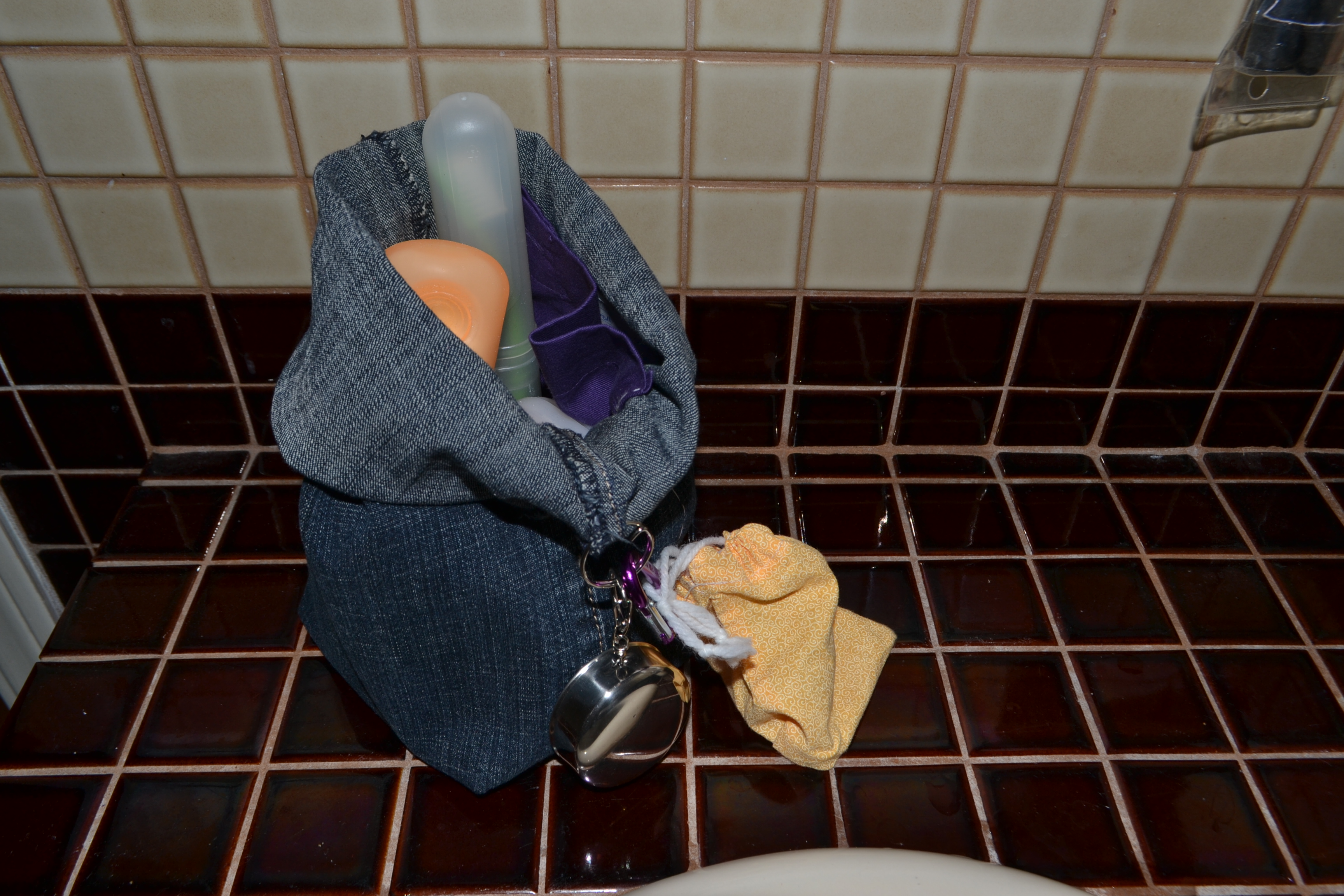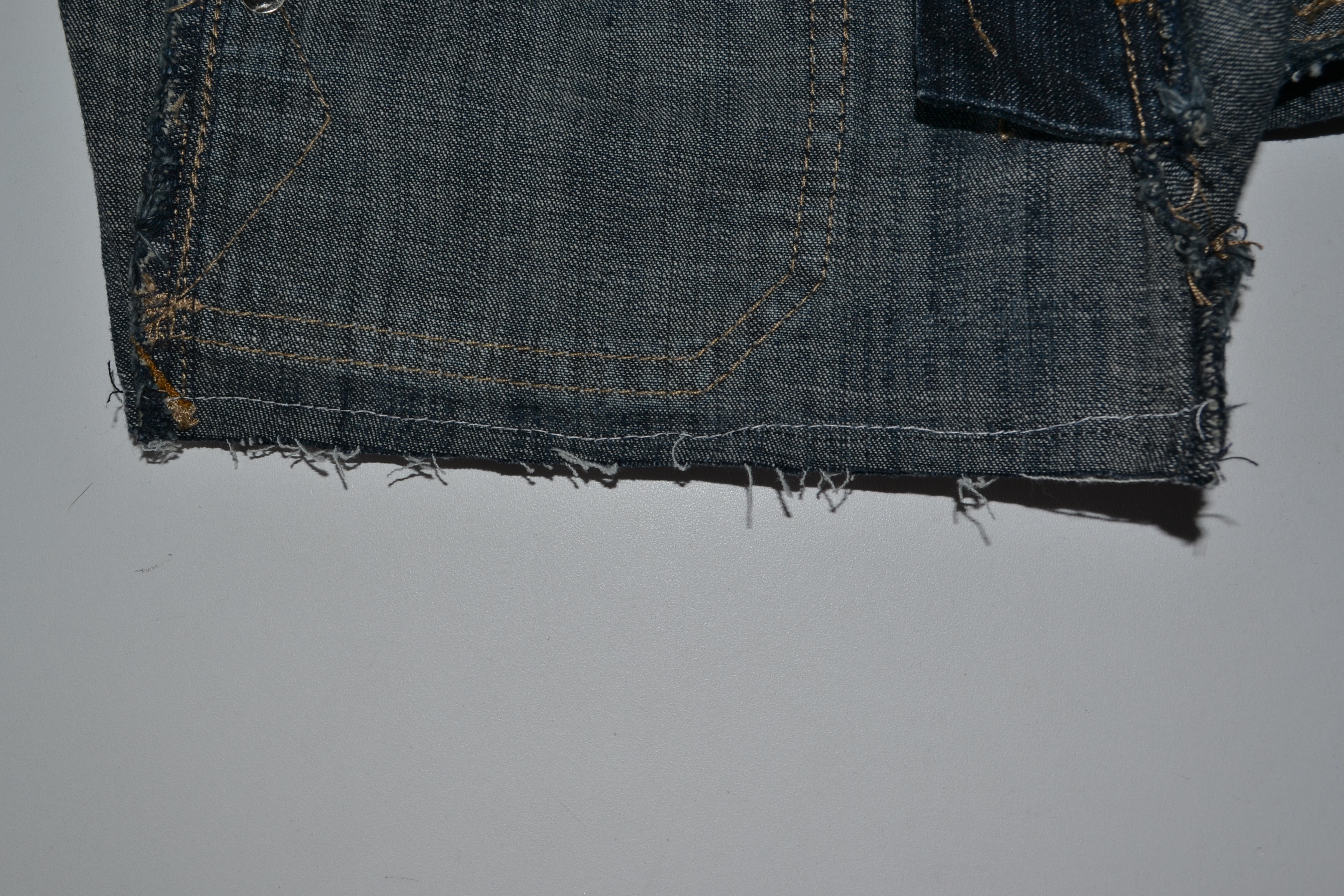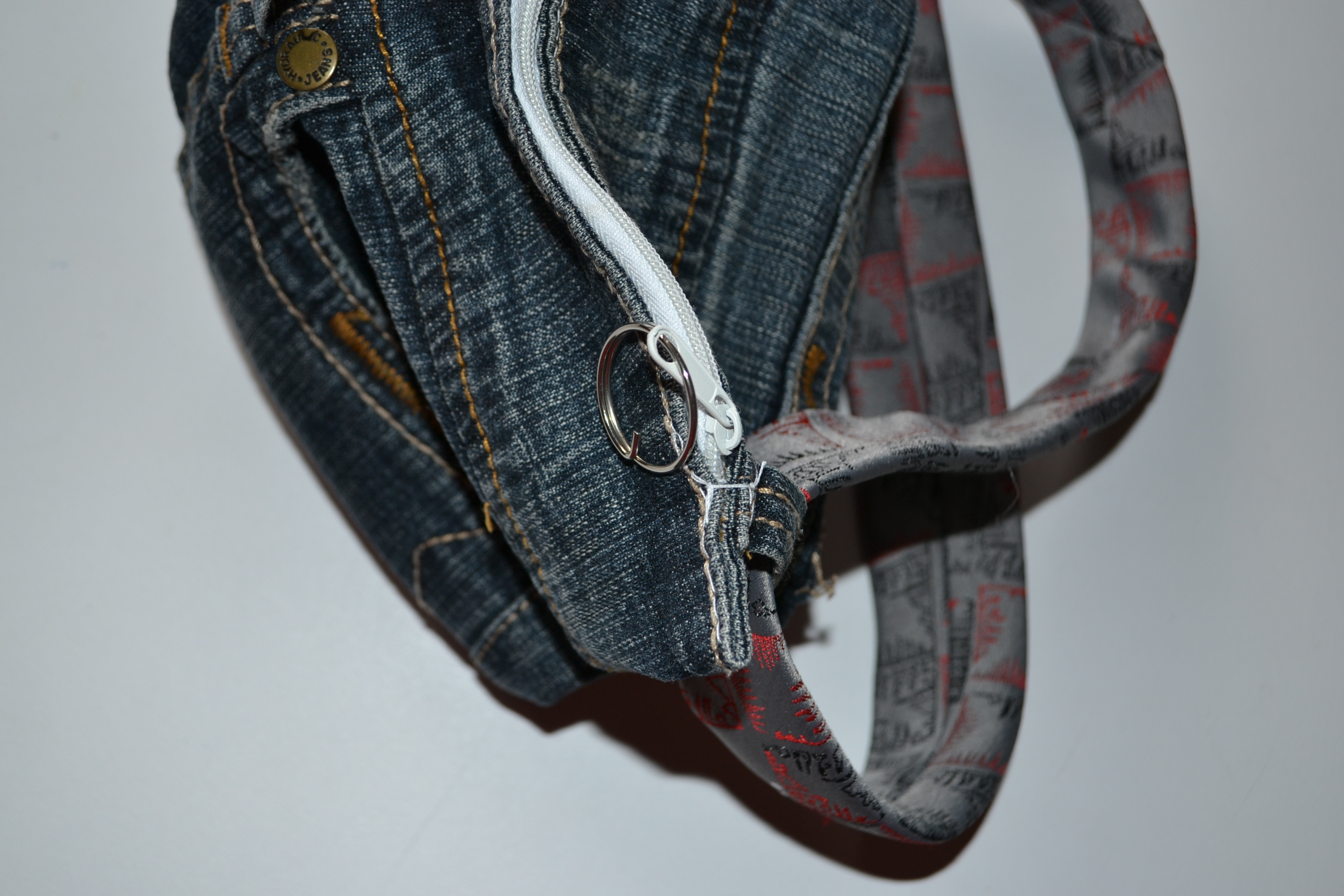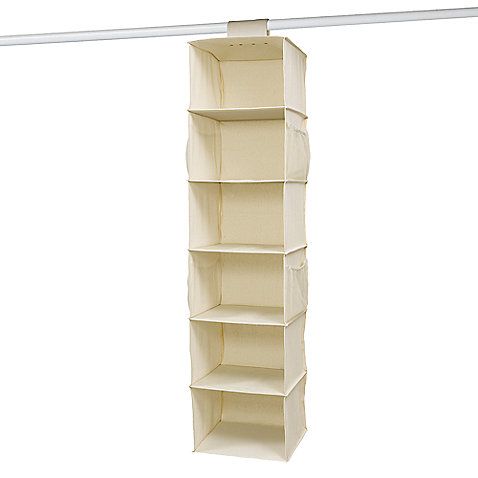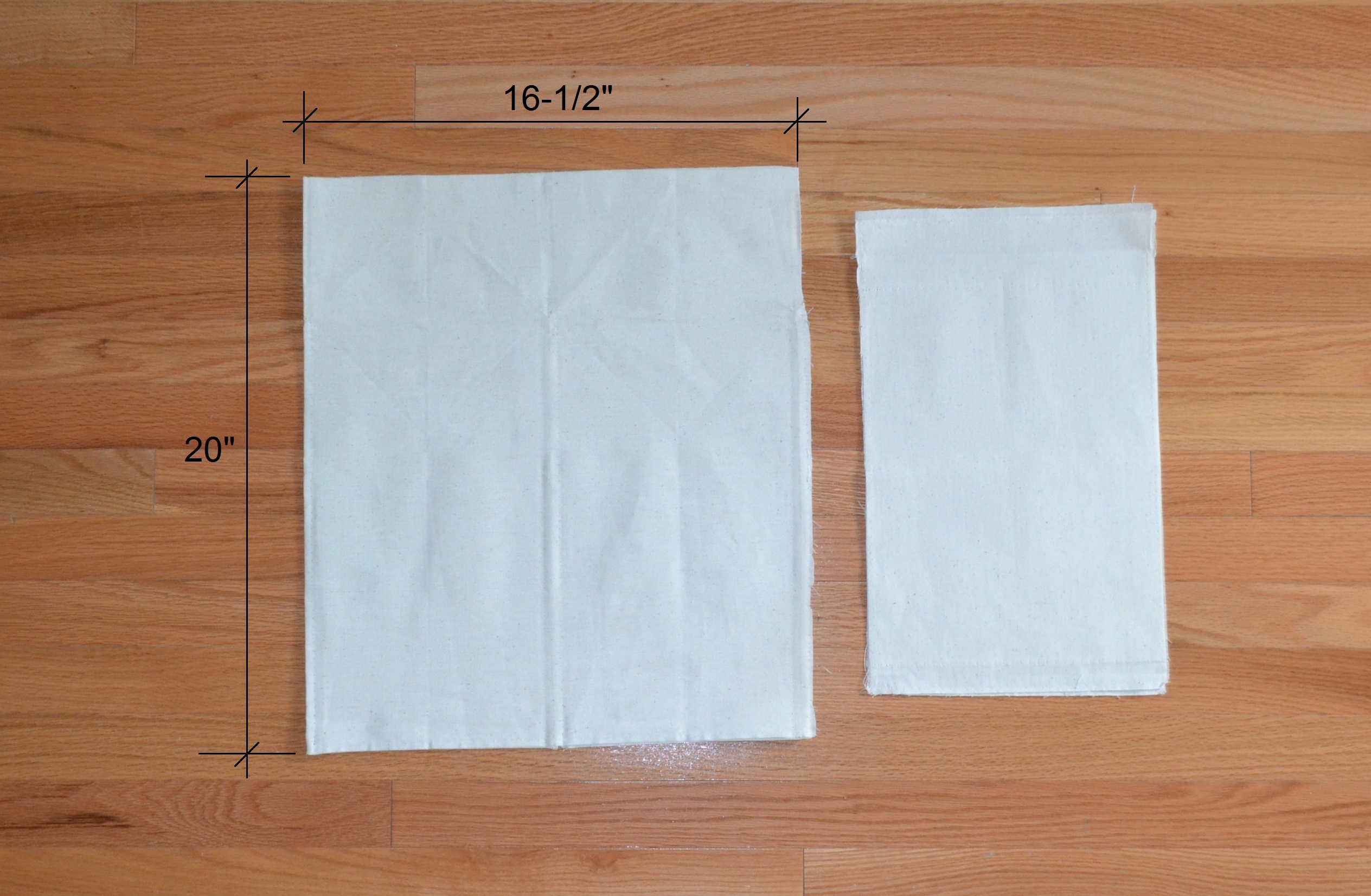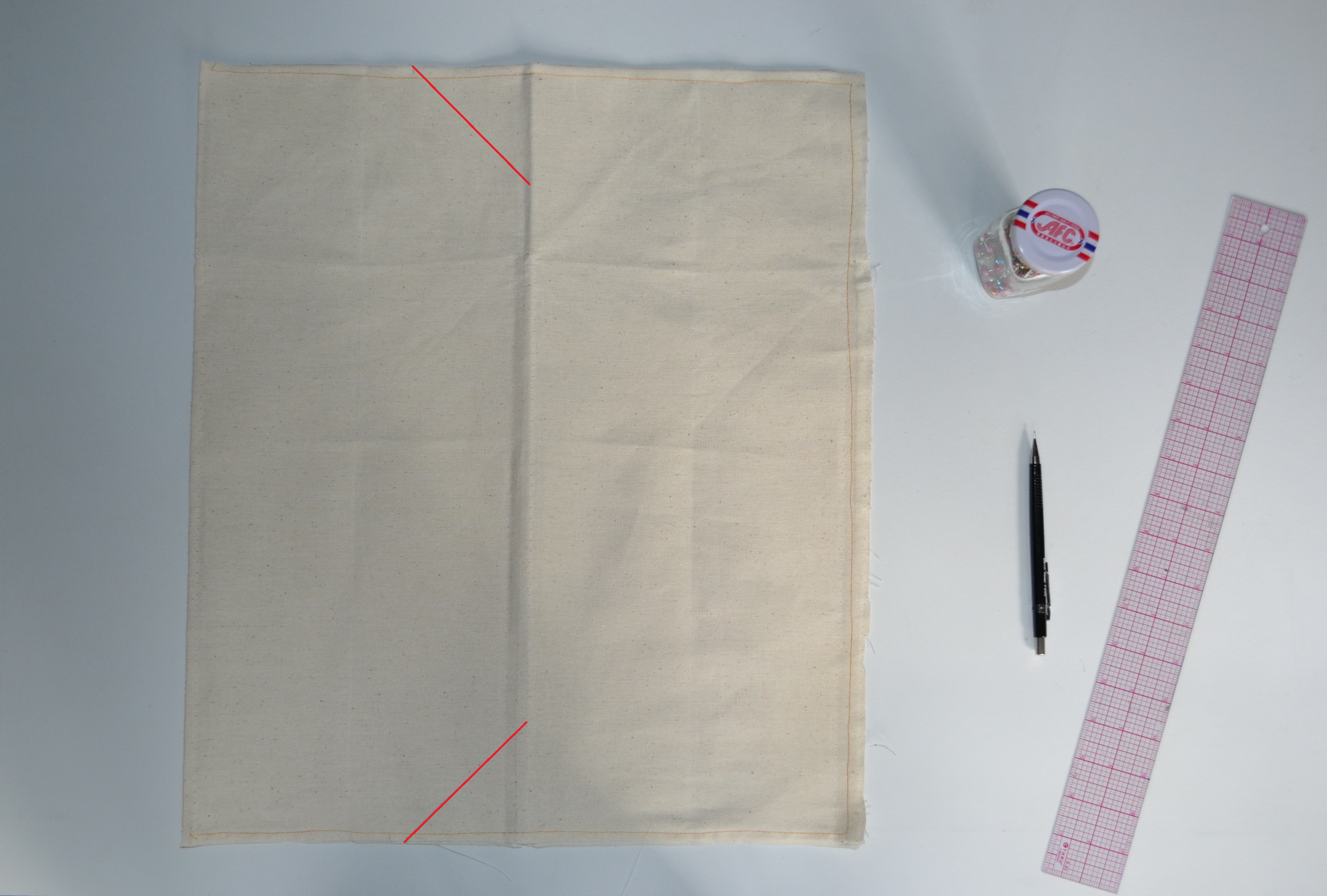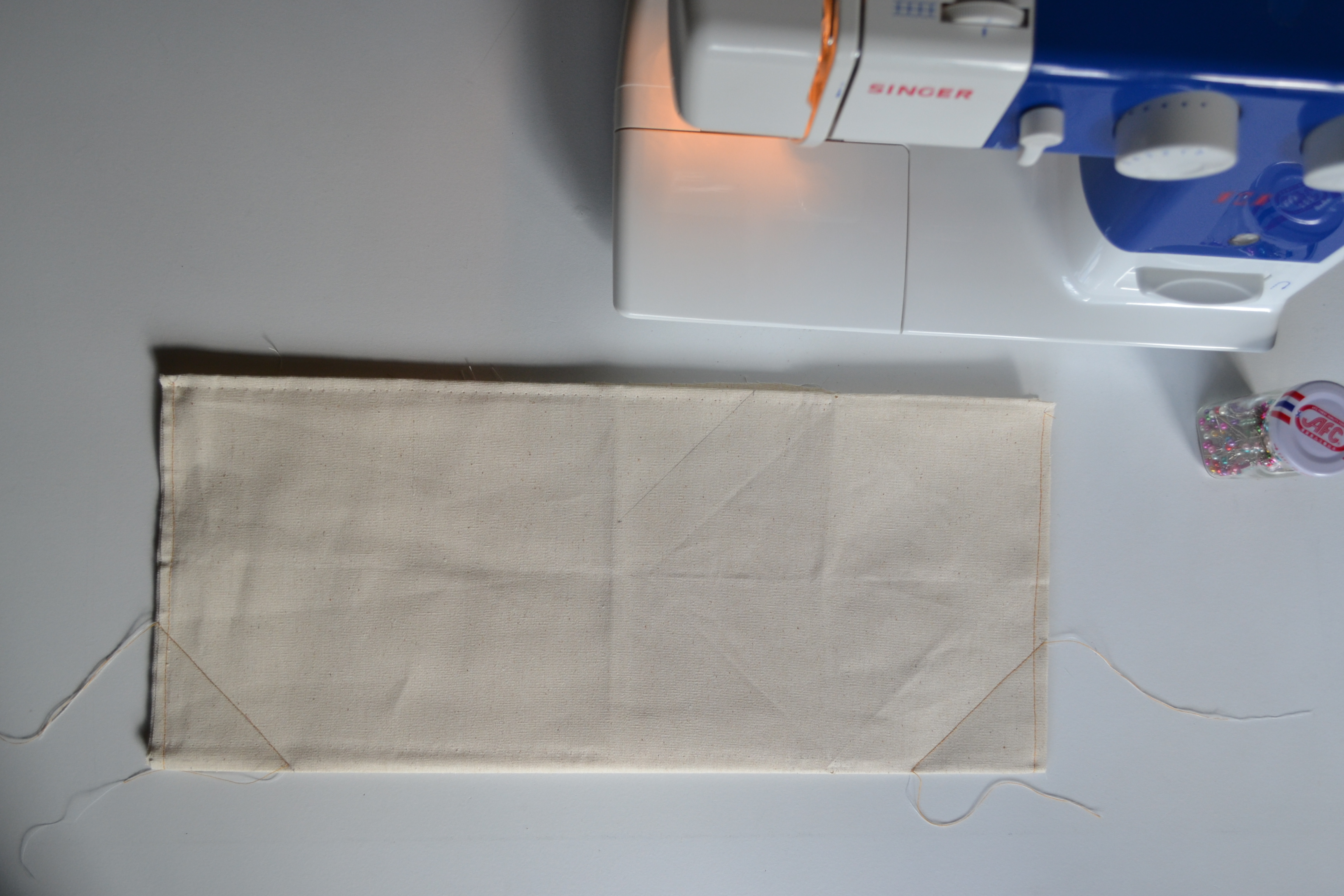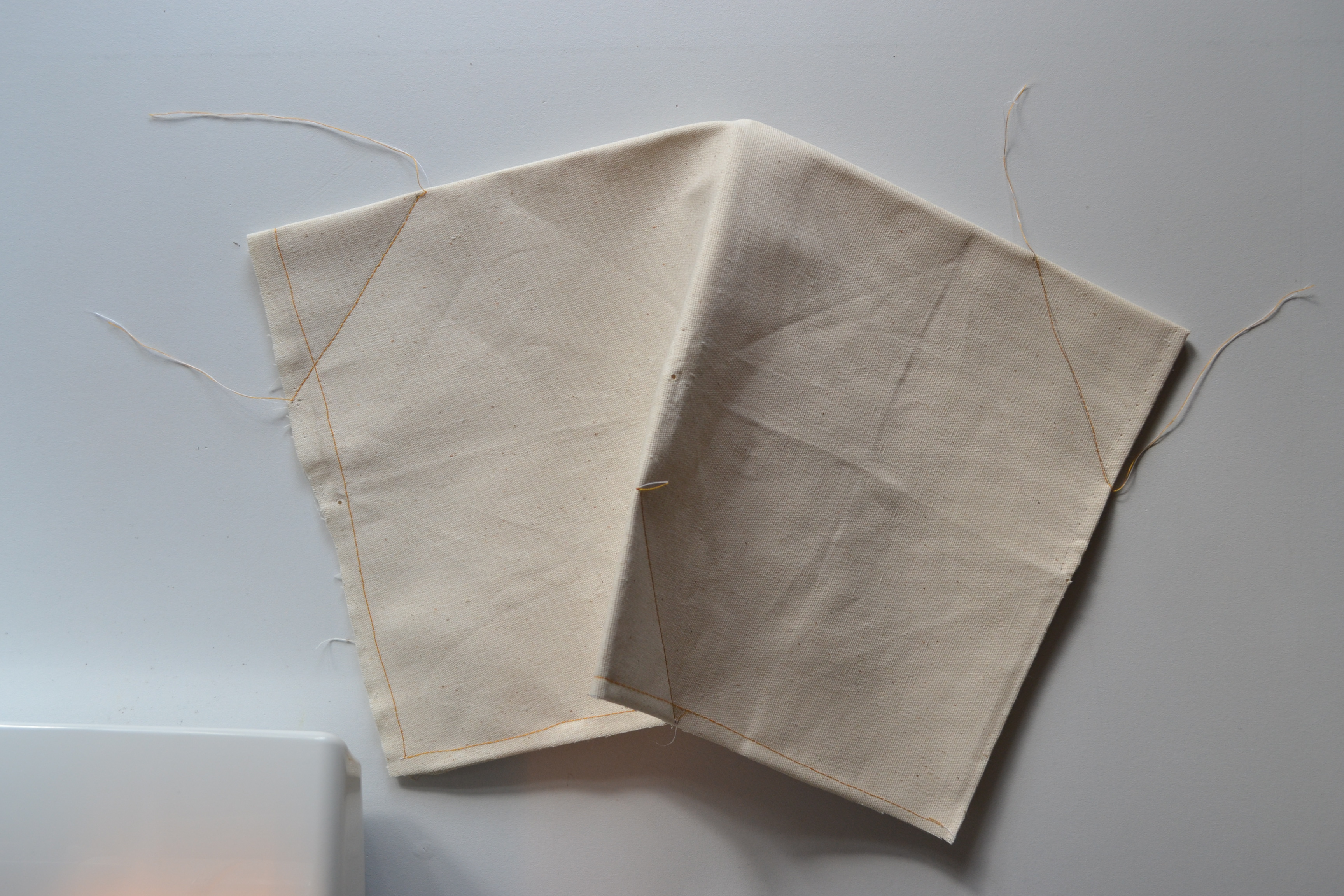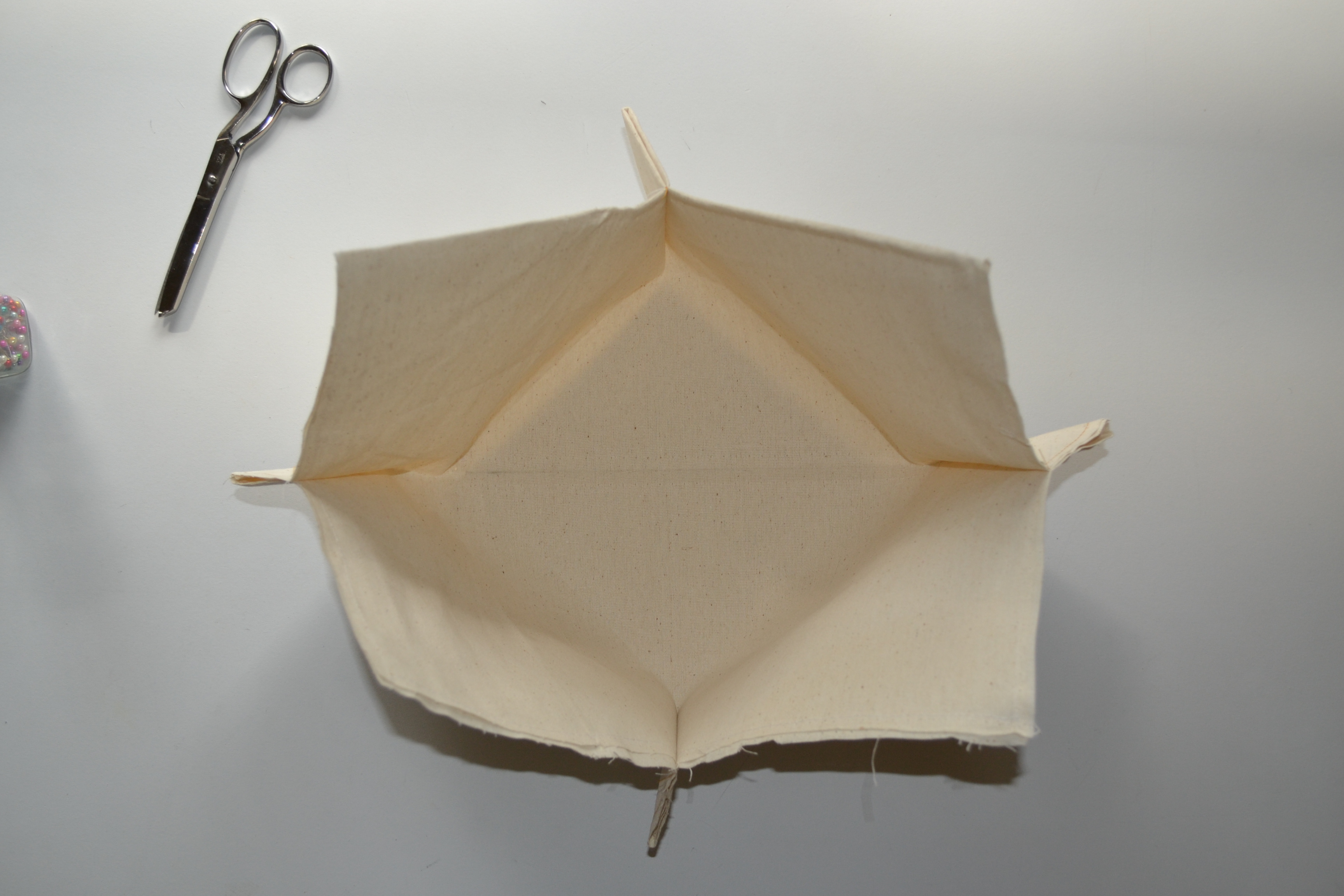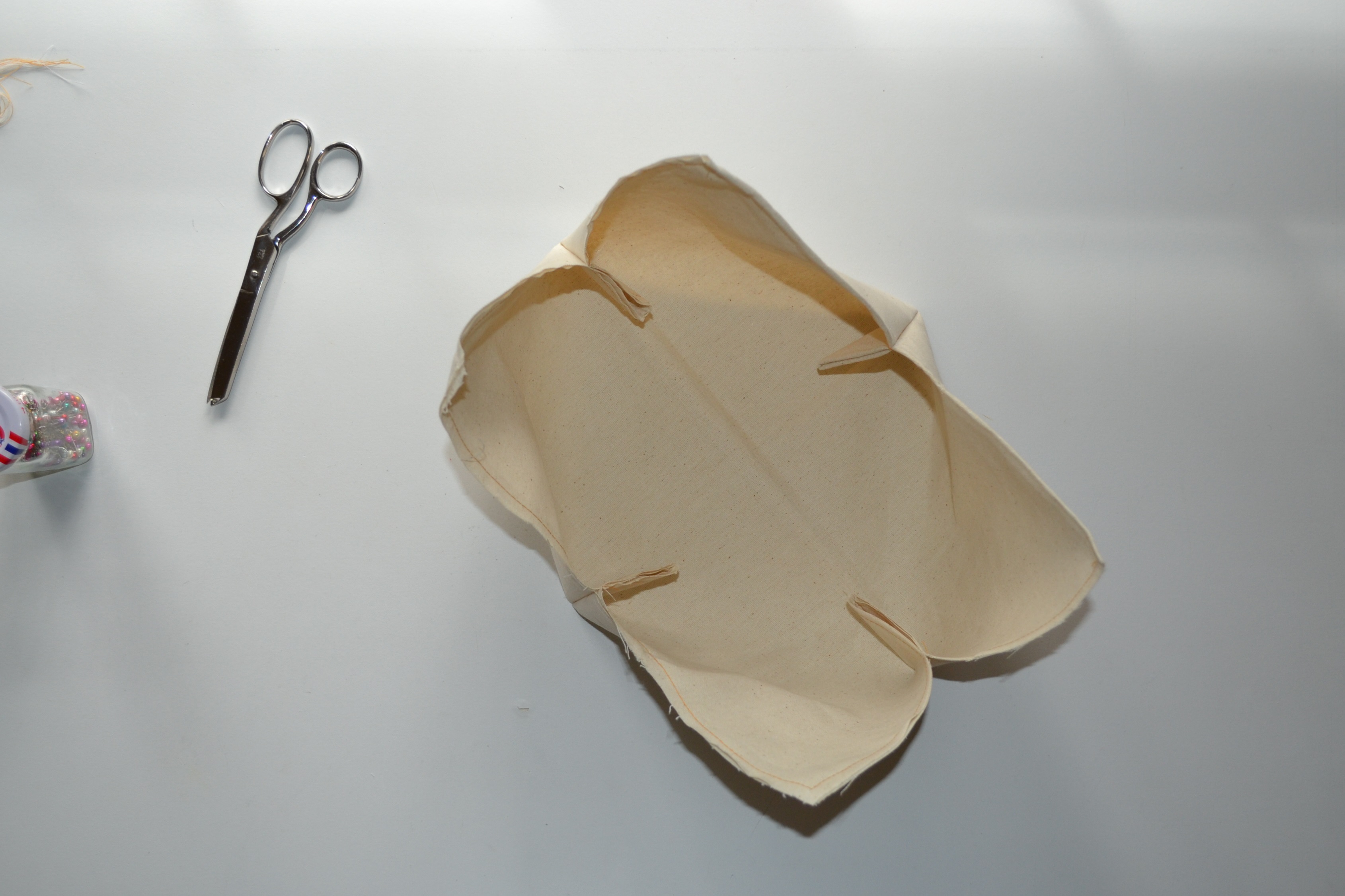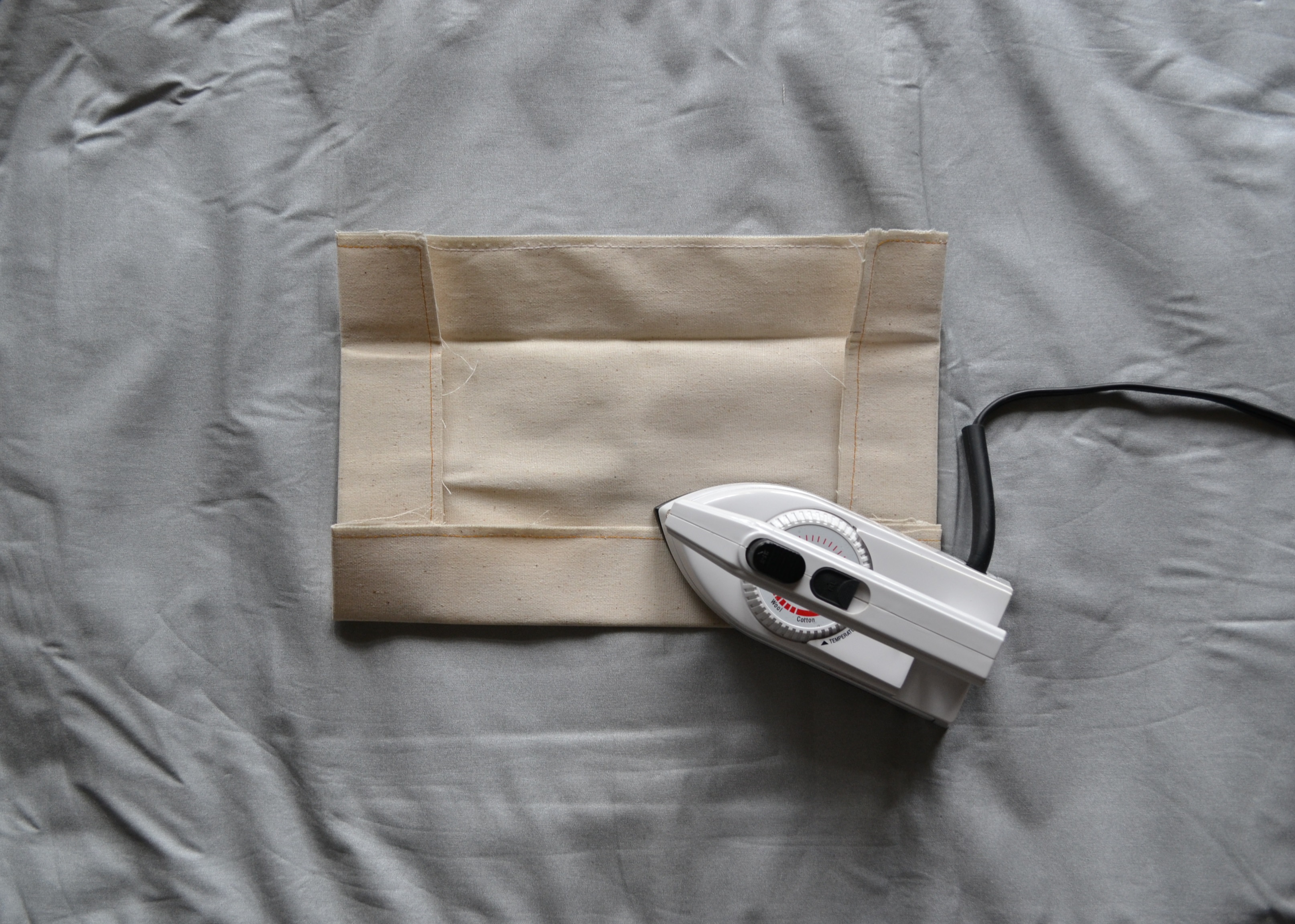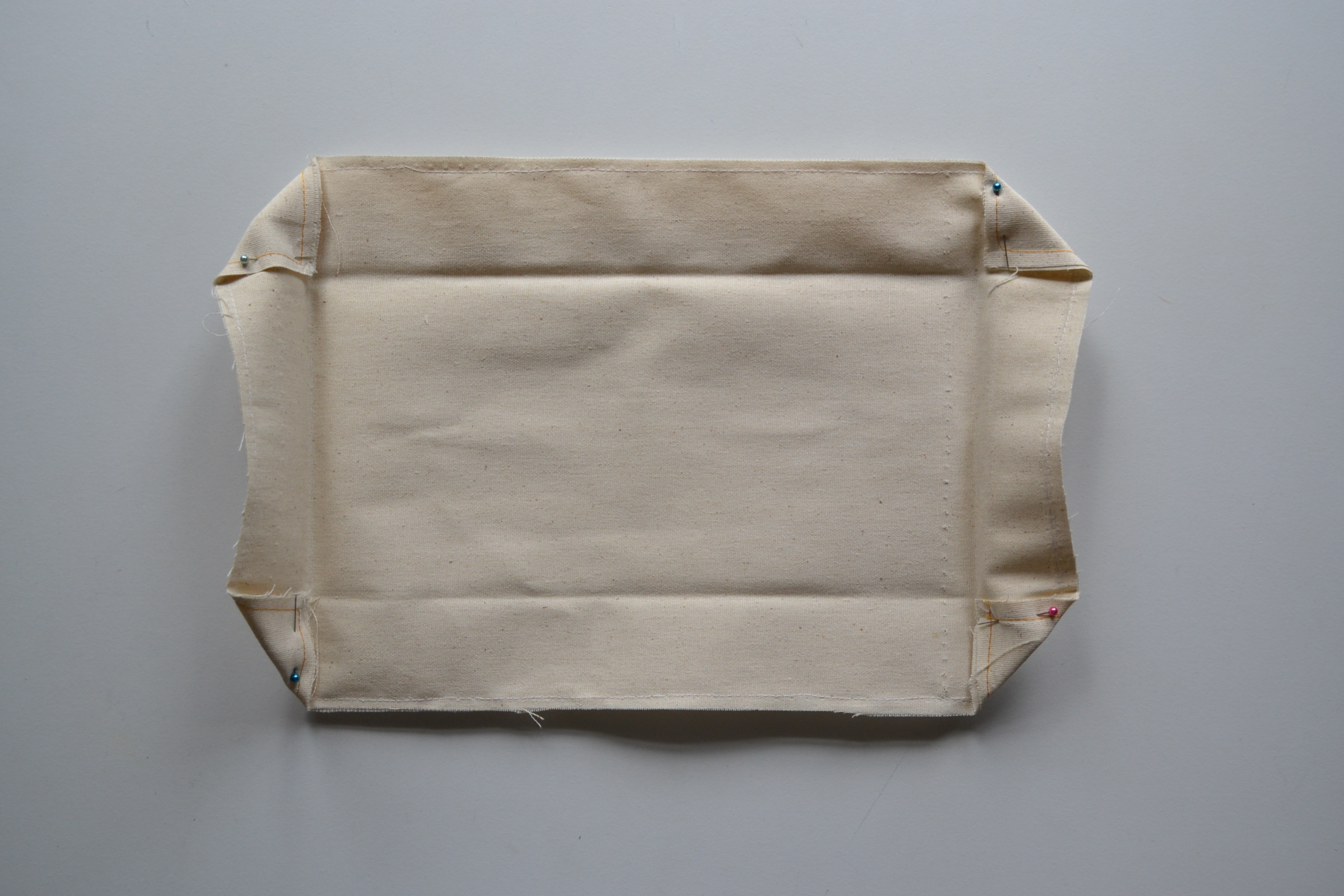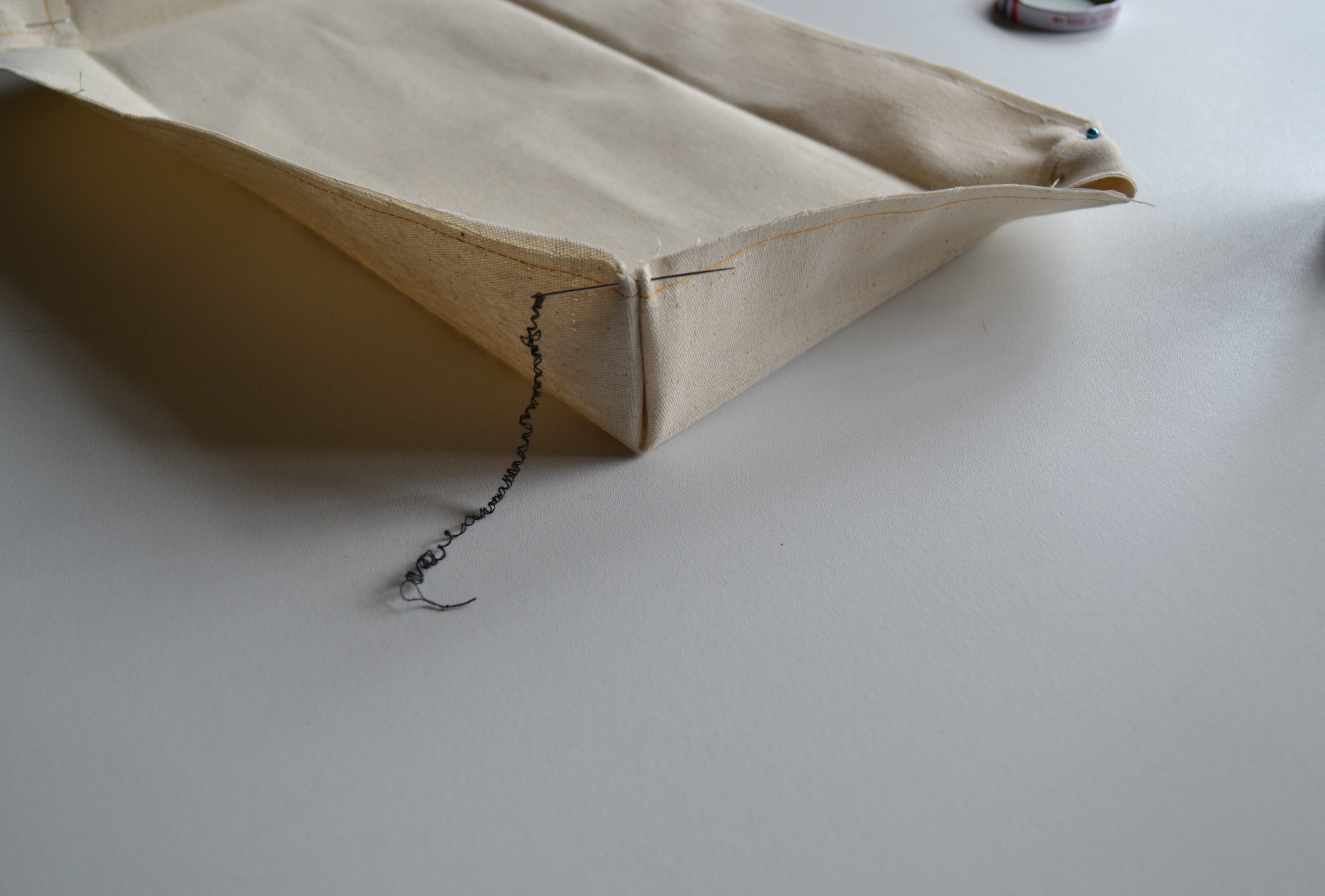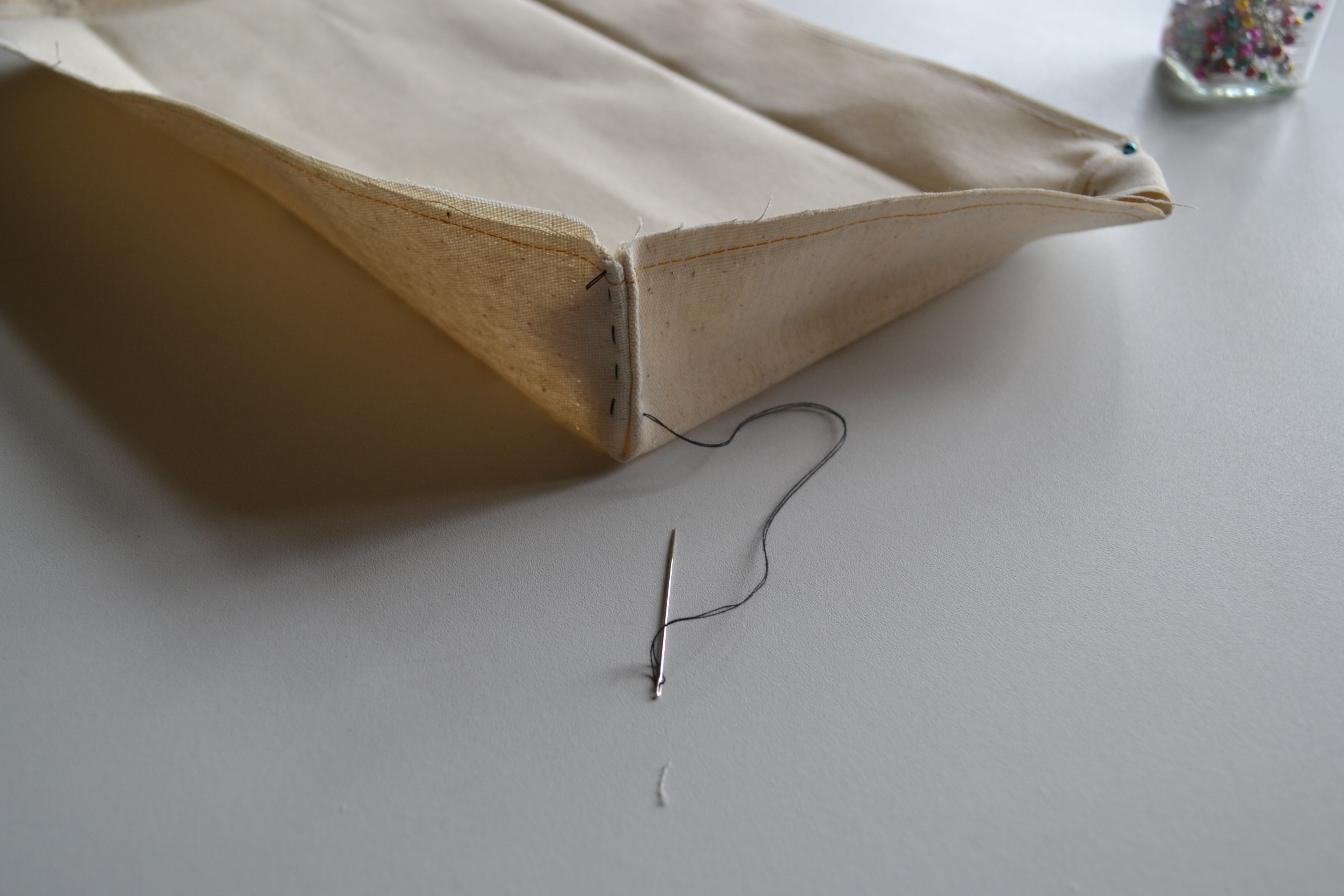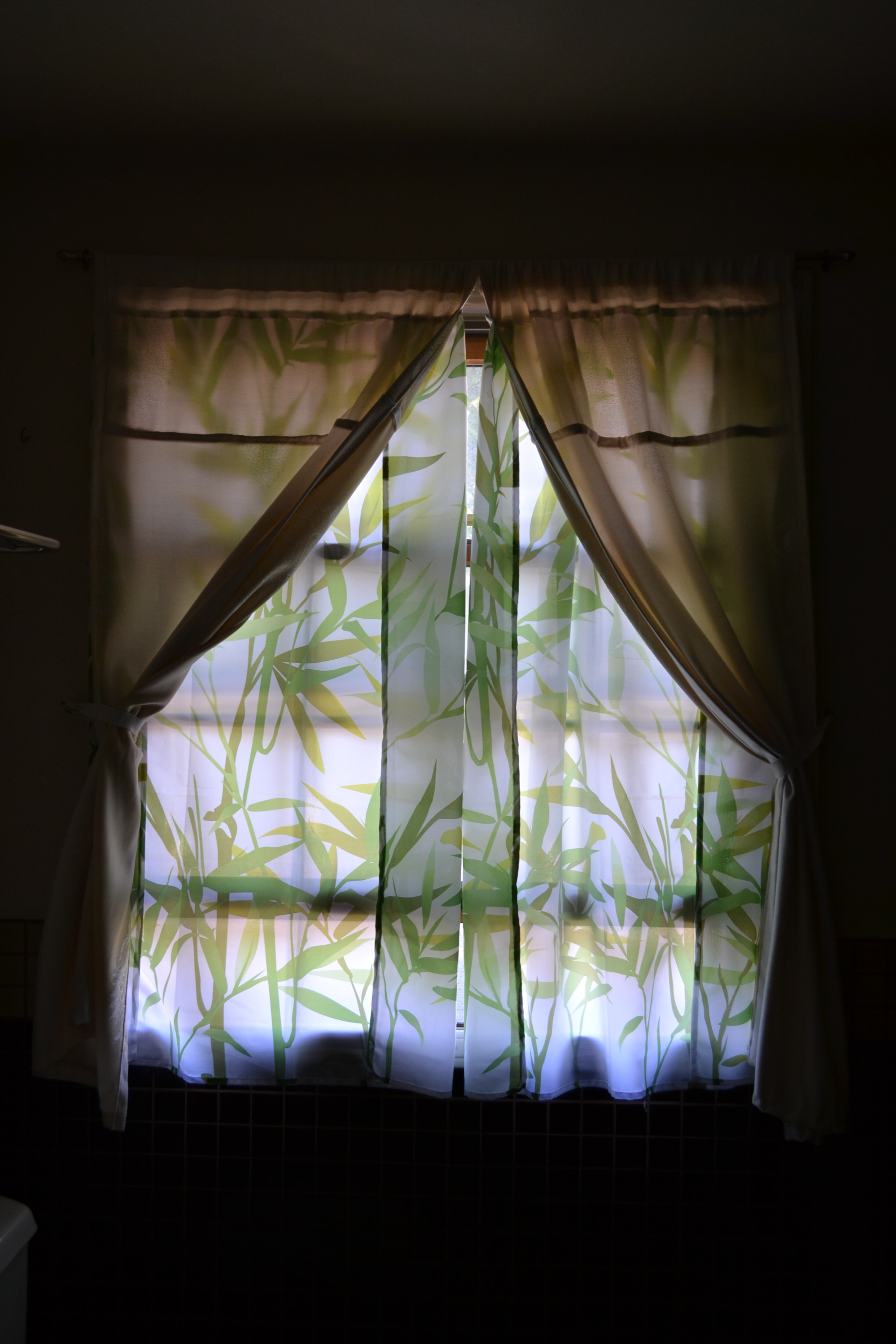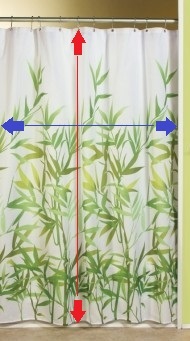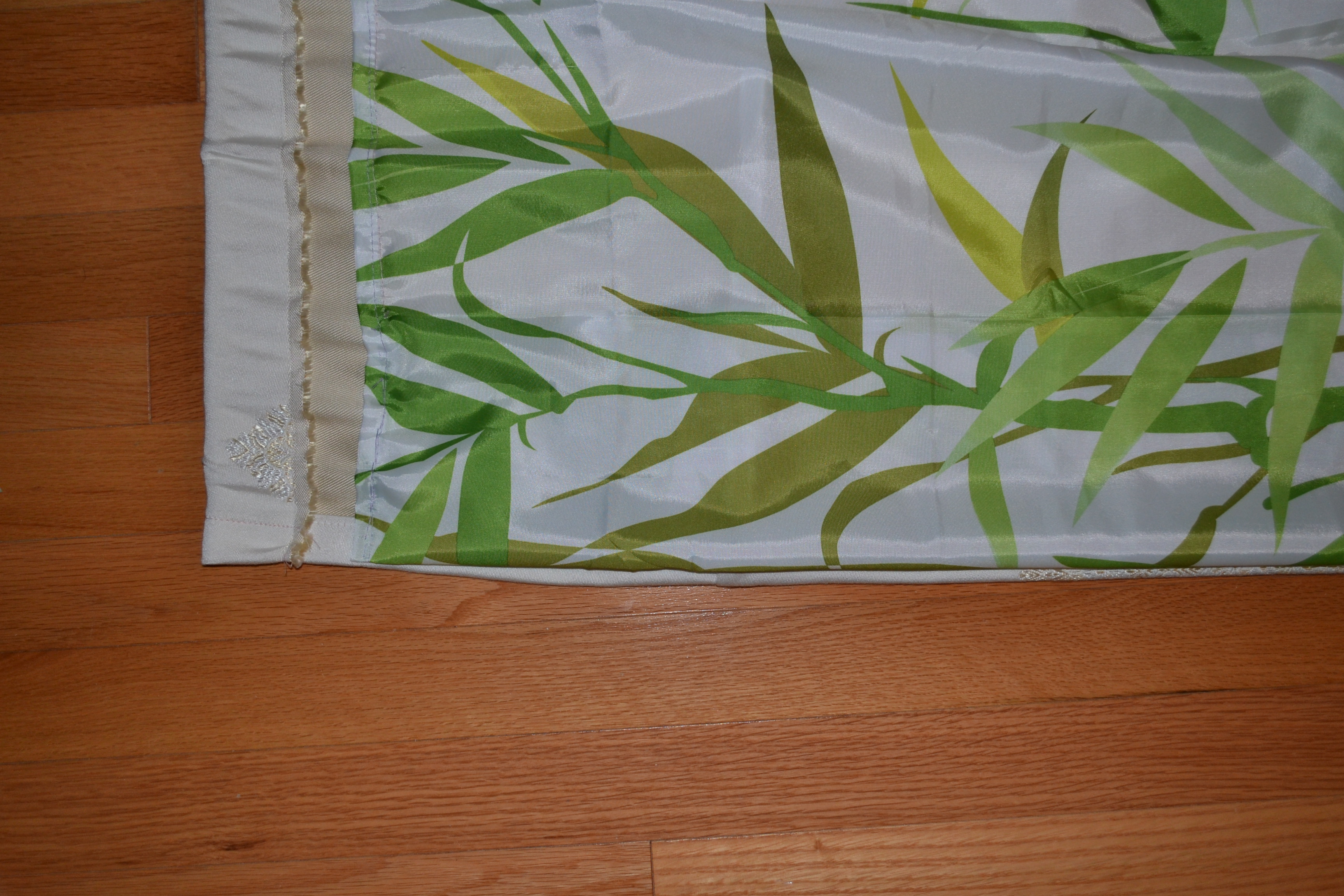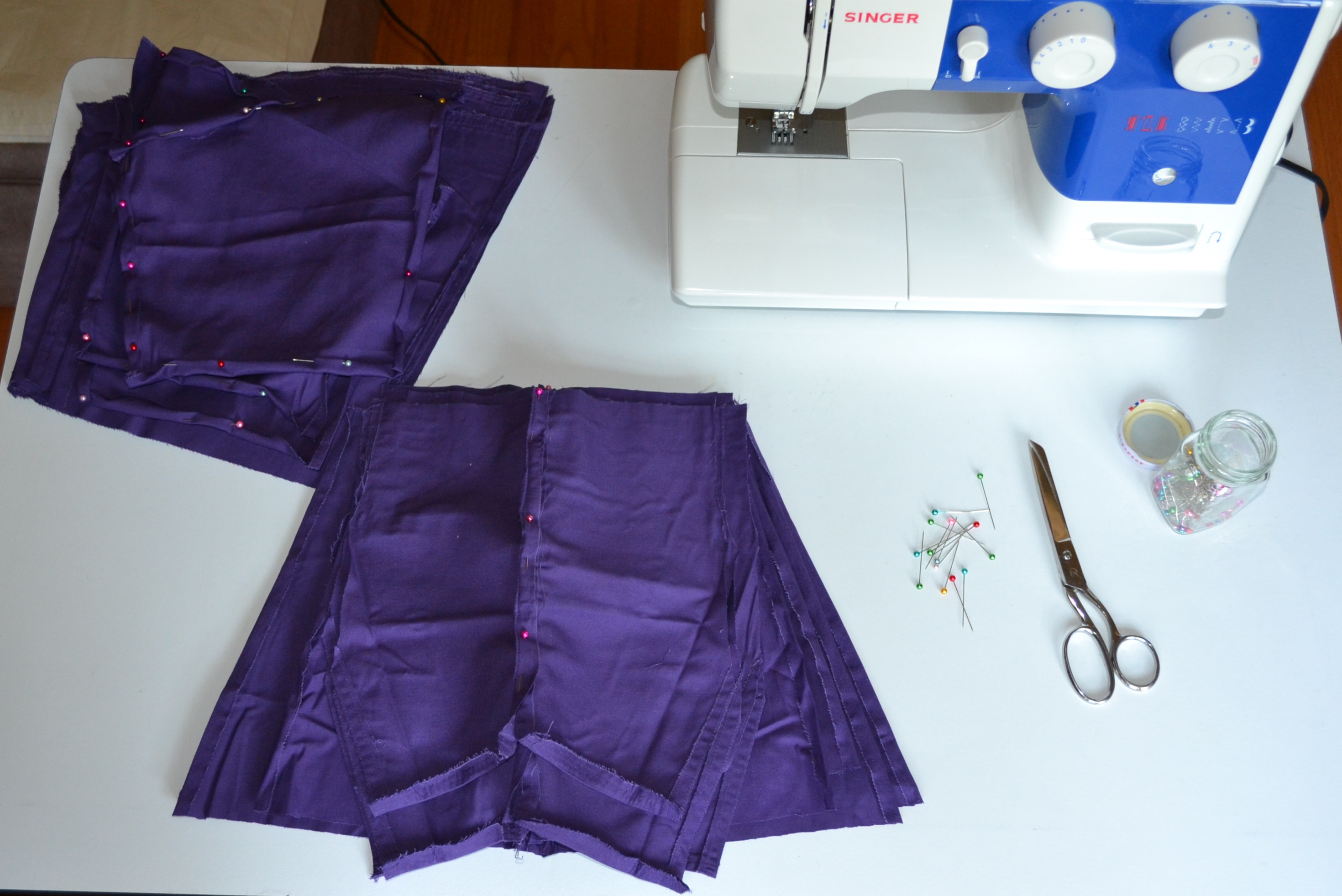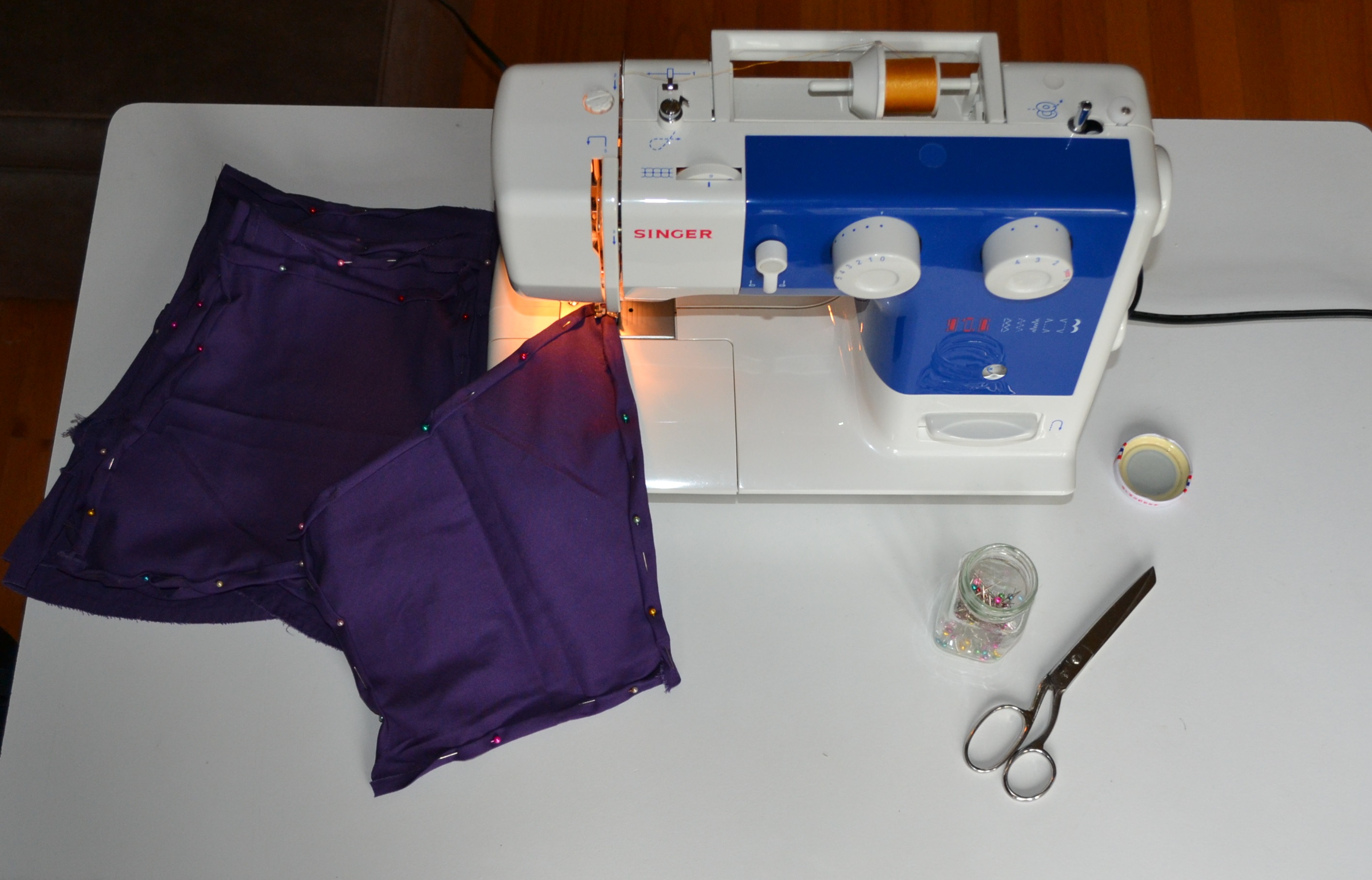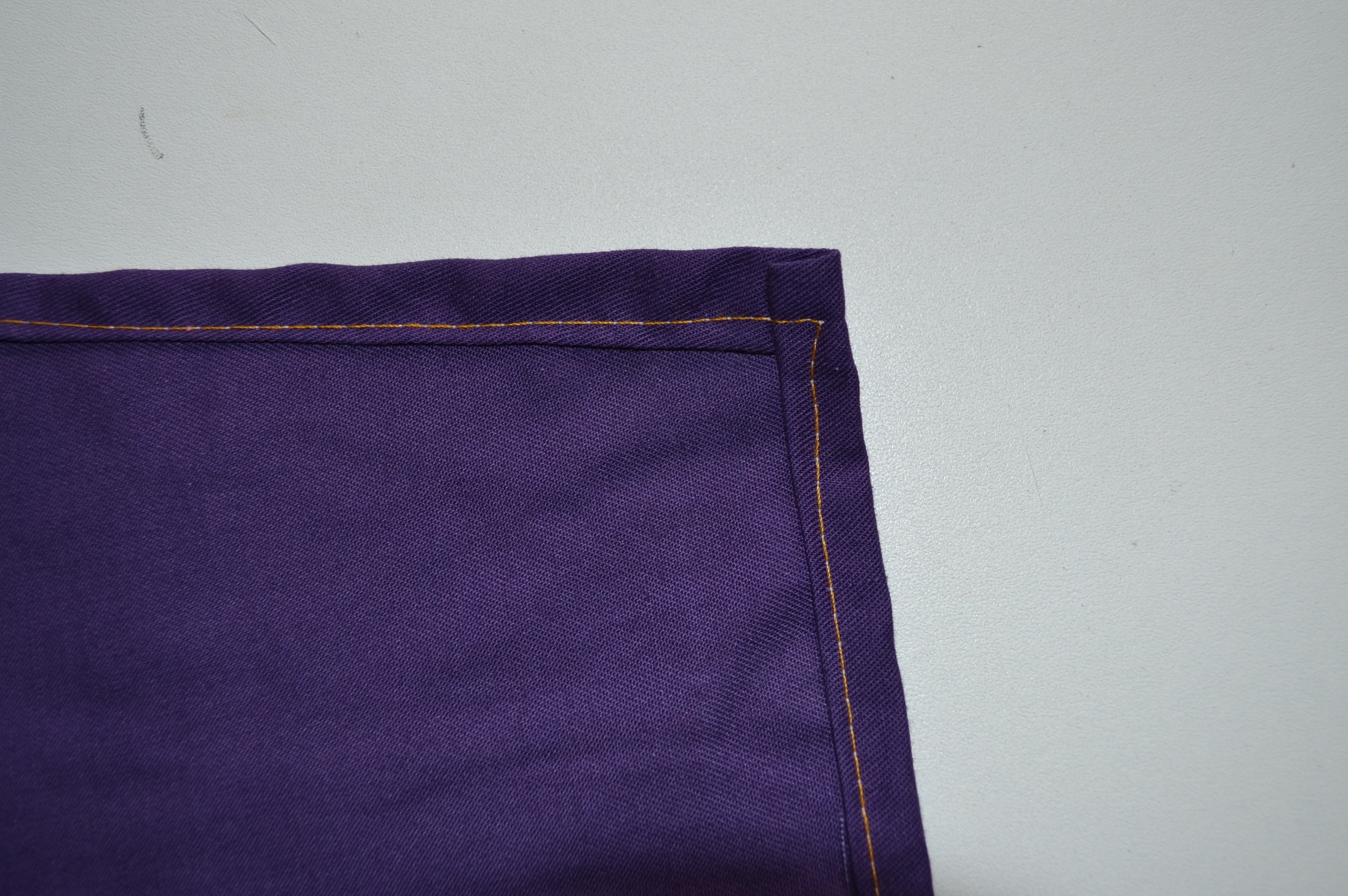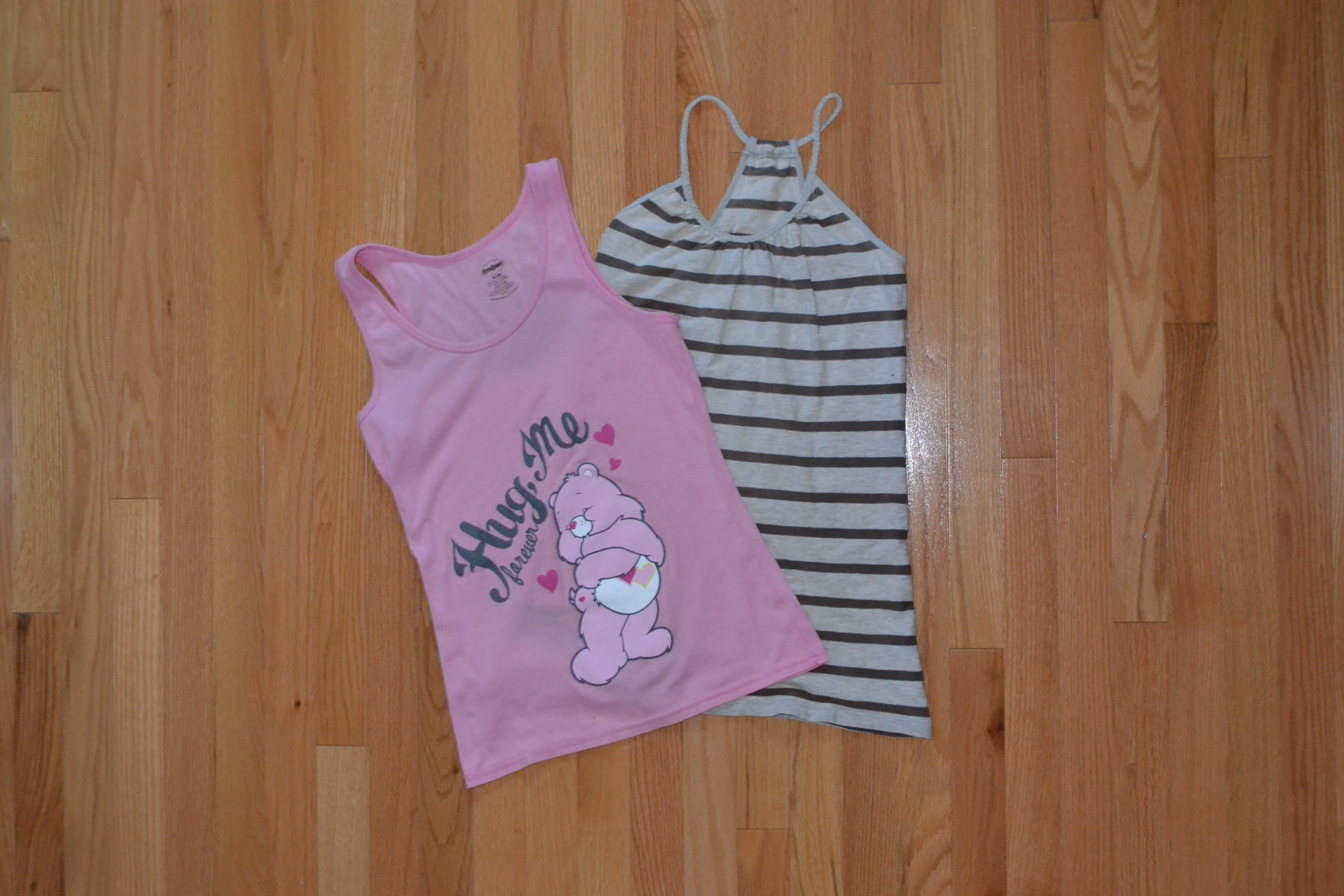04.27.20
0600
Materials:
- Paper- Graph paper might be easier to follow the grid system
- Pencil- If you plan on sketching out the templates
- Fabric Crayon- If you plan to sketch the templates on dark fabric
- Ink pen- For tracing the templates onto the fabric pieces
- Ruler (Centimetres)
- Fabric
- Elastic bands/ribbon/surge fabric together to create straps to tie around head
Tools:
- Sewing Machine
- Sewing Kit

So I’ve been seeing a lot of YouTube videos, blog posts and Instagram posts of DIY reusable face masks recently. I wanted to try to figure out how to design a face mask that anyone could make and use.
However, I didn’t want my readers to have to print out a template if you were not able to. I wanted to teach my readers how to be able to build your own template. Not everyone has access to a printer, printer paper or even printer ink right now, so that was my overall goal for this blog post.
So I decided to design my own templates, but I wanted to give you guys the measurements as well as the templates. The following 6 images are of the designs I created (they are in JPEG format). You can download them or use the measurements and create them yourselves. These were all drawn on 8.5″ x 11″ sheets, or 21.59cm x 27.94cm sheets. The light, dashed lines, around the bold black boarder on each image, is the edge of the paper. I decided to create these drawings in centimetres since the metric system is more universal. The fabric filter insert templates are not a guarantee of protection from any virus, but it will give you an extra layer of fabric, along with the mask.






I had drawn out the first templates, so what you’re looking at (below) was my own first round of the templates. I cleaned up the design for the downloadable images for you guys.


First decide which fabric will be the exterior layer of your mask, then decide which fabric will be your interior layer of your mask. After that, you can choose a fabric to be your filter layer. I tend to chose a lighter color for my filter layer, so it stands out from the rest of the mask. For my fabric filter inserts, I used whatever leftover fabric I had.
I decided to show you how I created the child sized reusable face masks and reusable filter inserts in this blog post. The same steps are used to make the adult fabric masks and adult filter inserts.
REUSABLE FABRIC FACE MASKS:
First I cut out fabric pieces for each of my masks. There are two fabric pieces for each of those six cutouts in the next photo. I chose my exterior layer fabric and interior layer fabric and I then traced the child mask template onto each set of fabric piles. I didn’t trace the templates onto each fabric piece, since I like to cut my fabric, two at a time.

I cut up the fabric I chose for my filter layer for each mask, and then I traced the child filter templates onto the fabric pieces.

Once I traced all of my templates onto the correct fabric piles, I pinned the fabric piles together and cut out each set accordingly.



For each pile of the filter layers, I placed each set with the ugly side facing up, so I could hem the edges. I simply folded over the edges, pinned them in place and then sewed them together. I used a back stitch so I could secure the ends of the sew lines. I used a zigzag stitch throughout this whole project.


So each set of fabrics for each mask will include, two exterior pieces, two interior pieces, two filter layer pieces. I had already cut out my ear straps, which were 12cm each. But I wil elaborate on the ear straps later on.

Now you have to sew each set of fabric layers together. For each set of fabrics (ugly side facing outwards), sew along the arch edge, from one end to the other.


Now we have to line up each fabric pieces to get ready to be assembled. First, interior layer (ugly side down), then on top of that is the filter layer (ugly side down), and lastly, the exterior layer (ugly side up). Pin together the stack so they wont move during the sewing process, and sew along the top and bottom of the mask. Trim the excess thread on the ends of each sew line.






Flip the face mask inside out, between the filter layer and the exterior layer.

Once you flip the mask inside out, you should be looking at the pretty side of the exterior fabric on one side of the mask, and then the pretty side of the filter layer fabric on the other side of the mask.


I folded in the sides of the mask so I could pin the fabric together. You can also iron the folded sides too, so there is a clean and crisp edge. I just needed the edges to build their shape until I added on the ear straps.

I actually cut out straps, about 12cm in length. In order to test the fitting of the straps, I actually pined the straps in between the exterior layer and the interior layer, on the side. The pins are pushing from the interior layer, outwards. If you want to use this method to test the fitting of the ear straps, please be very careful when trying on the mask.


If you don’t have elastic bands, you can quickly sew long pieces of fabric together and use the long pieces as ties, to tie around the user’s head. I used four pieces of fabric that were 72cm in length and made my straps 4cm wide, for one mask. Technically, you probably only need each strap to be 25cm in length, as long as it can be tied around a large adult head with enough extra slack for an extra knot. Each strap will be sewn to each corner of the mask.


I cut out each strap, folded them into thirds and then used only two pins to secure one beginning end of the strap together. I didn’t pin down the whole strap, because with a fabric this small, it’s quicker to sew and fold simultaneously, as the fabric is passing underneath the presser foot of the machine. The machine will feed the fabric under the pressure foot, so just hold the folded fabric steady and taut.
I also created a back stitch at the beginning and end of the strap to secure the sew line.



Once you decide if you want to use elastic bands or sew your custom straps together, you can tuck the ends of the straps between the exterior layer and interior layer, and sew the edge of the mask together.




Using my ink pen, I drew tiny triangles on the top straps of each mask to indicate the top verses the bottom of the masks.


EDITERS NOTE:
I decided to change the style of straps for my masks, since I was not 100% satisfied with the design. I decided to shorten the seam on the top and the bottom of the mask so there would be a small 1/4″ gap at the top and a small 1/4″ gap at the bottom of the mask. I did use the backstitch control on my sewing machine so the thread would be held in place. As you can see, I used the backstitch at the beginning and the end of the sewing line.

I then attached an elastic band to a small safety pin and inserted the safety pin into one of the small gaps, so I could run it through the mask, and out the other end. It doesn’t matter which direction you run the safety pin, but I tend to start with the small of the two gaps, so it’s easier to locate the pin when I need to pull it out the other end.


I then tied off the elastic band with a single knot. I like this style more than the last style, because this technique allows the elastic band to be replaced easily and adjusted easily.

REUSABLE FABRIC FILTER INSERTS:
Using my templates, I cut out fabric pieces for both my adult template as well as my child template. For each template, there are two fabric pieces per set. I then pinned them together, so they wouldn’t move when I had to sew them together.


With the ugly side of the fabric facing outwards, I cut out filter insert pieces and then sewed them together. I sewed in one direction, around the edge of the mask, but left one side open. This opened side will be the location of where the filter insert needs to be flipped from the inside to the outside. I used the back stitch lever to secure the sew line, as always. I then trimmed the extra thread.


I flipped the filter insert, inside to outside and using a chopstick (you can use a slim stick), I made sure all of the corners and edges were fully stretched out from the inside.


I then ironed all of the fabric inserts I had sewn and then tucked in the open end to pin the fabric closed. I then hand sewed that edge of the filter, using a running stitch.




So there you have it. My templates are available for anyone to download and you can make as many as you like. Please keep in mind that these masks are not a guarantee against any type of virus, but they will help protect you from other people’s exposure to you. There are a lot of fabric mask tutorials on social media right now, and I hope you can find one that you prefer to use and make. I hope this blog post helps anyone it can reach.
PLEASE STAY SAFE AND HEALTHY EVERYONE AND I HOPE TO SEE YOU GUYS SOON!
☁️



















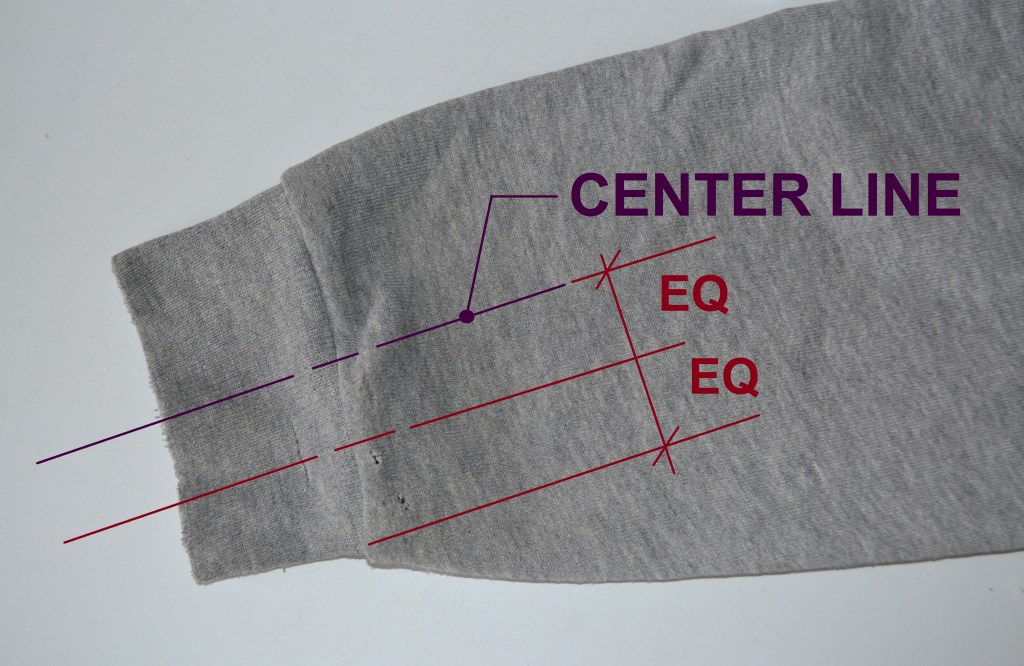
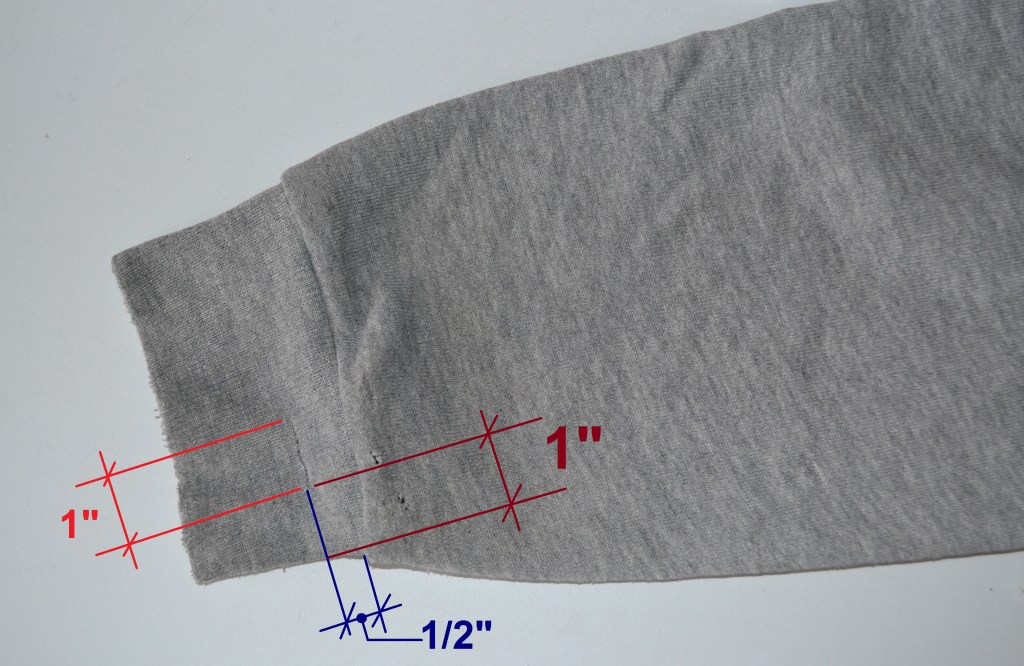
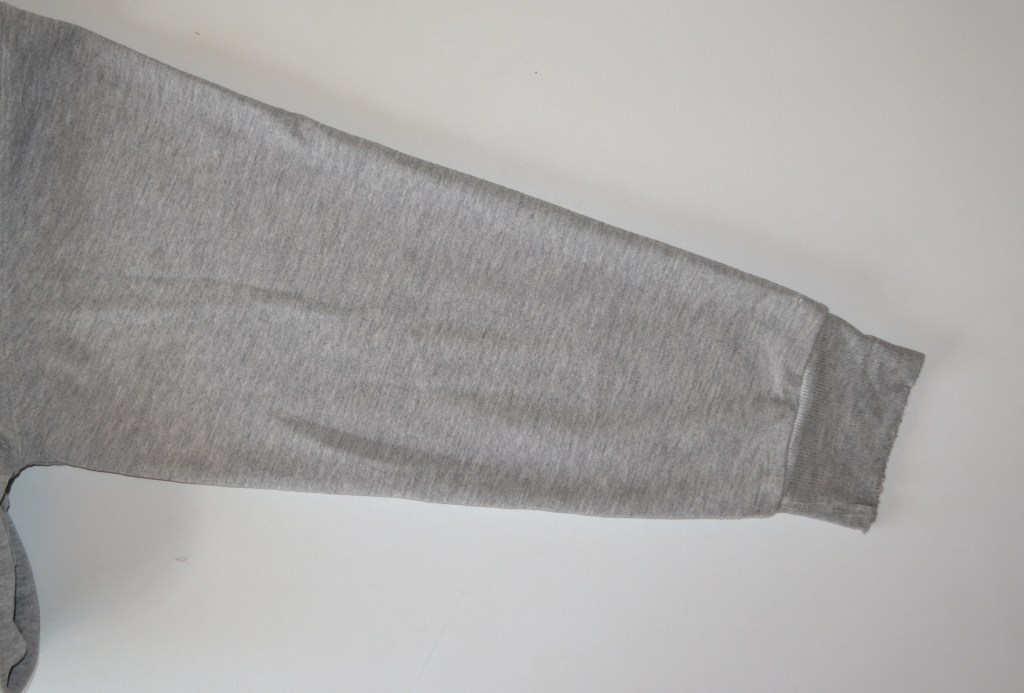
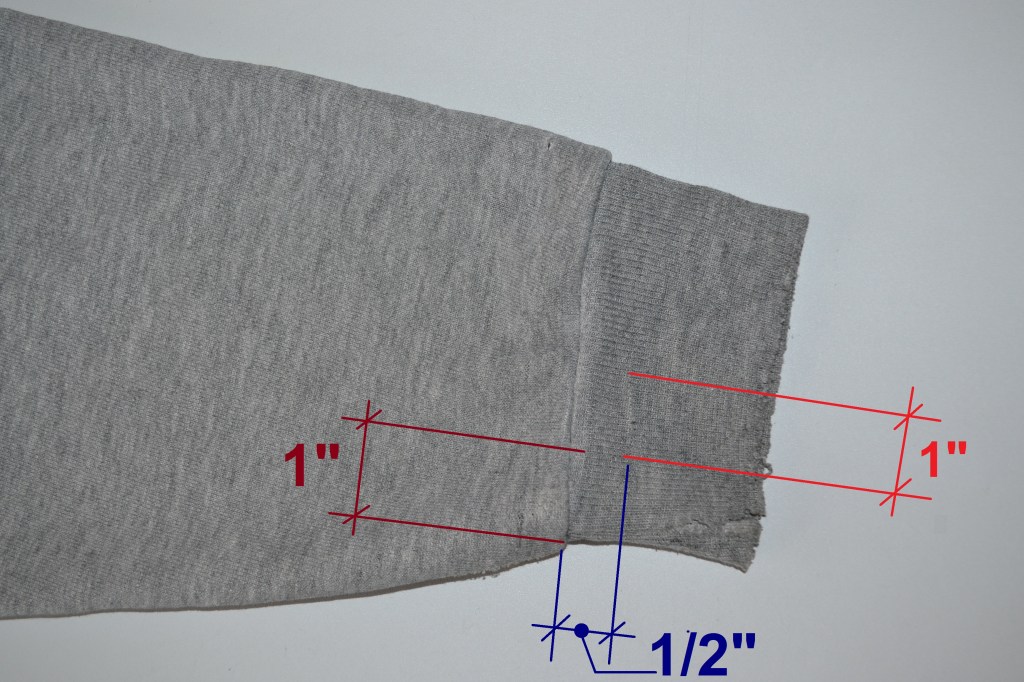
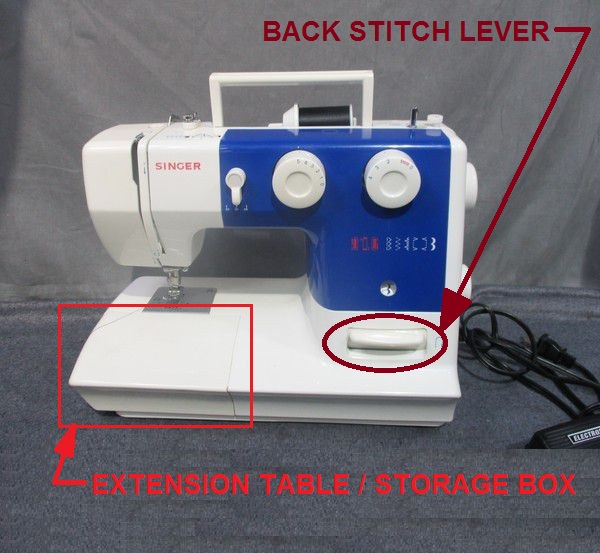
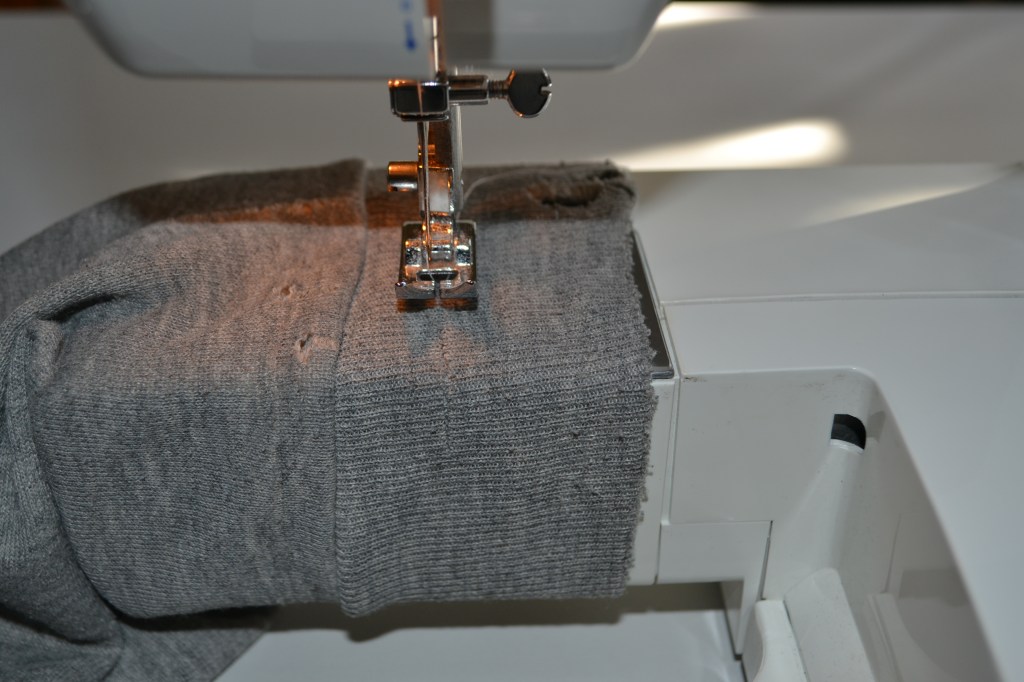
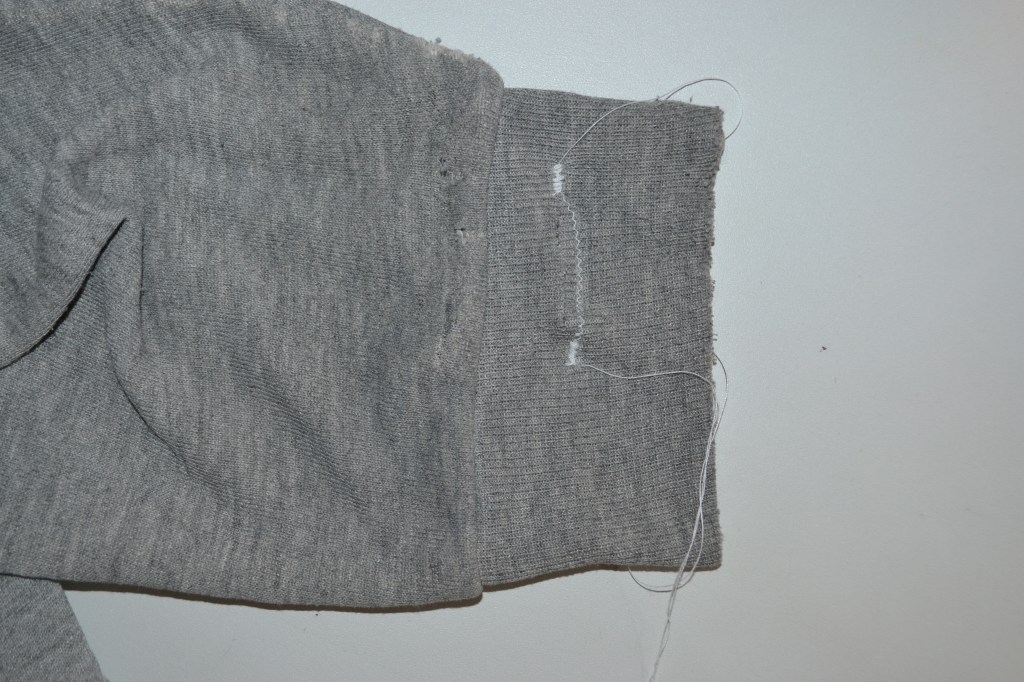

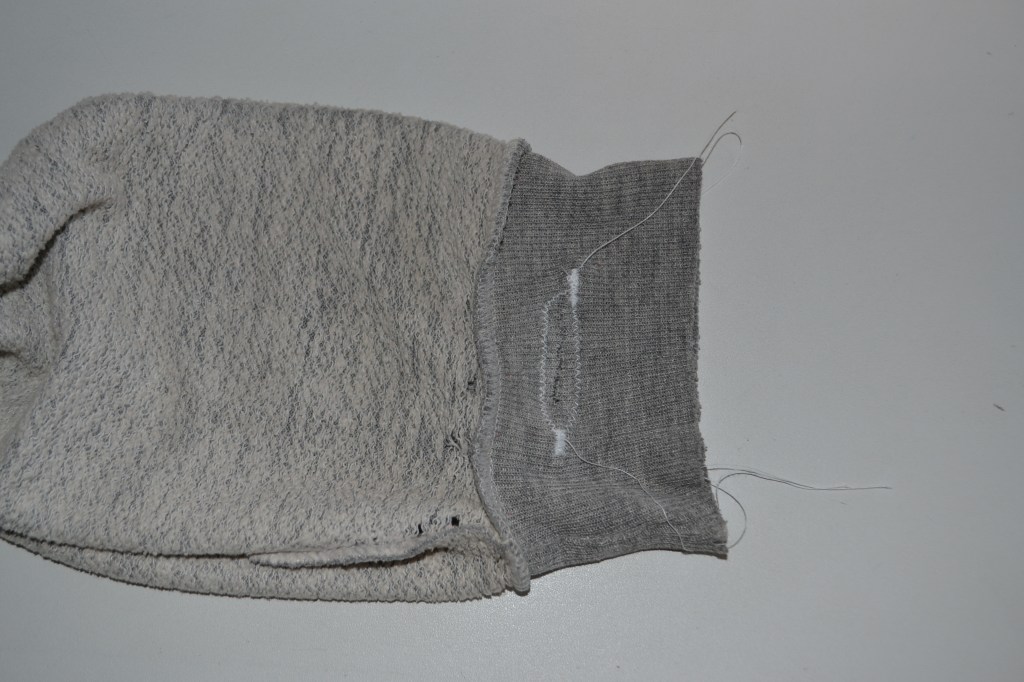

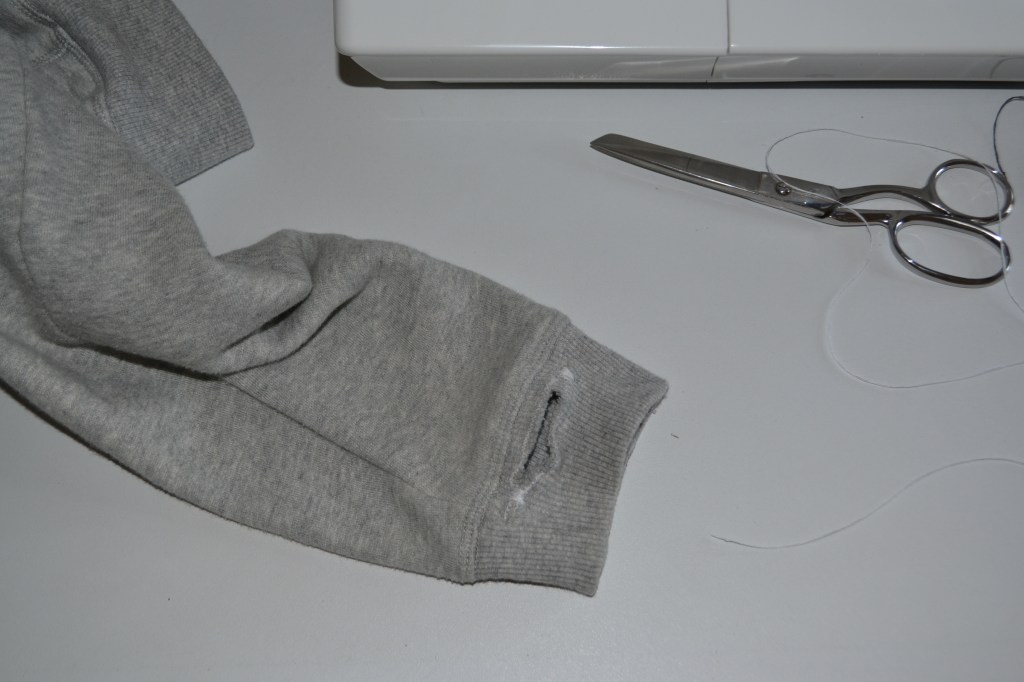























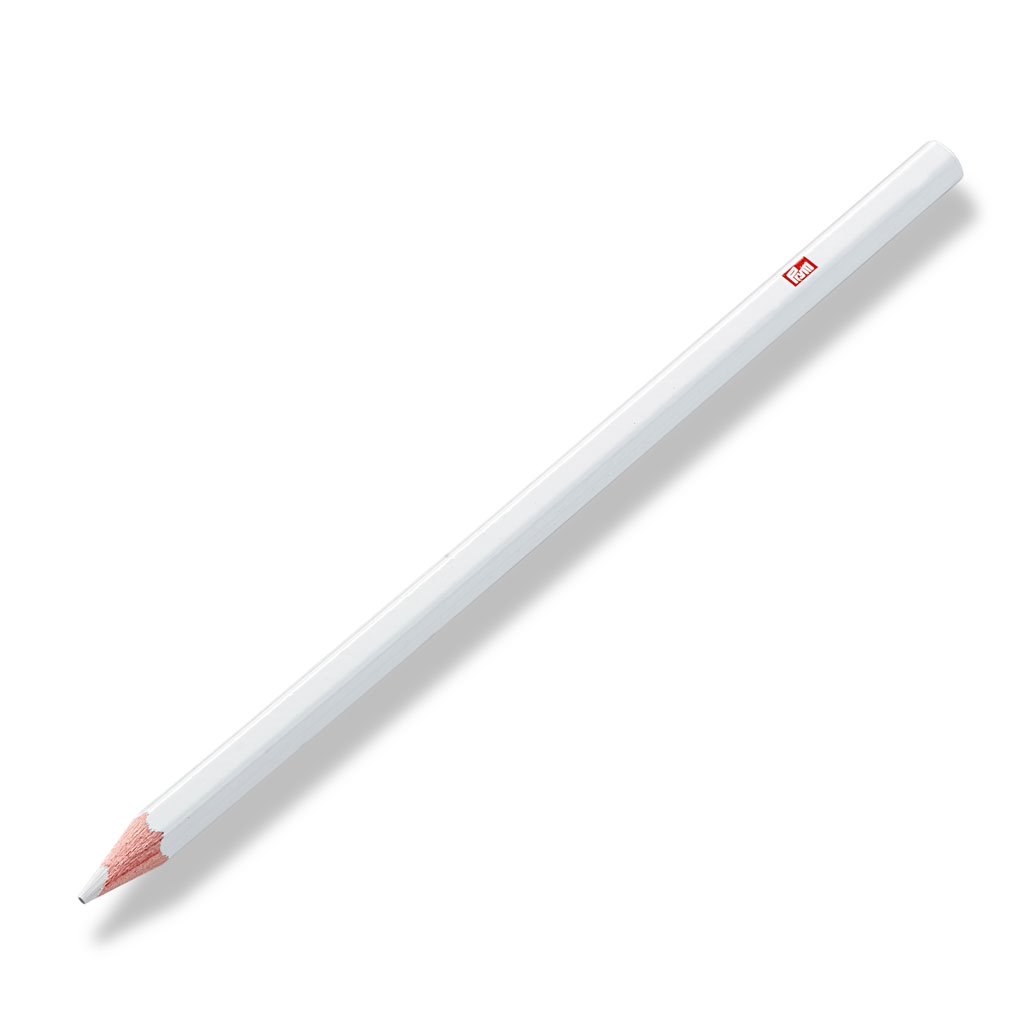


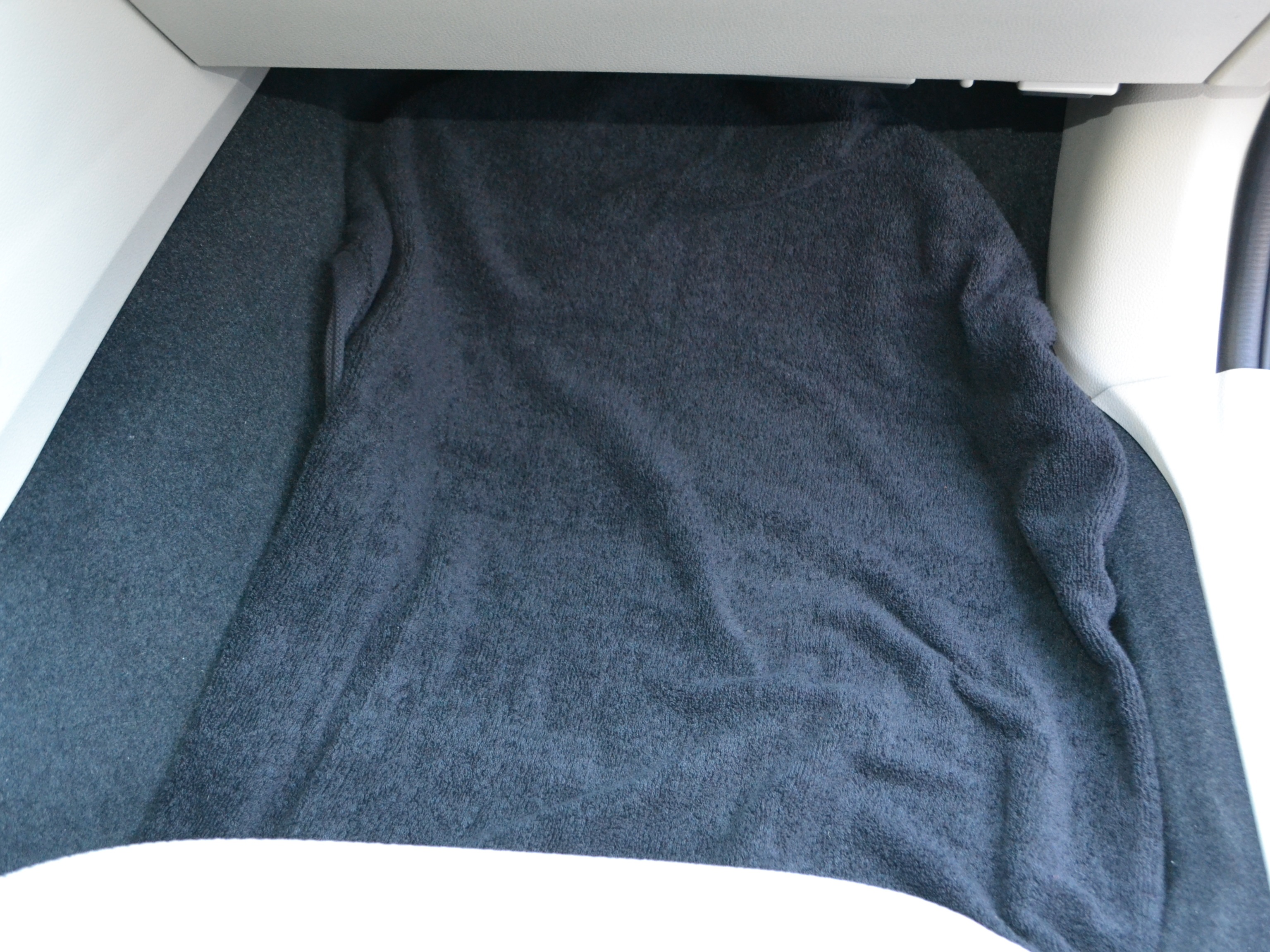



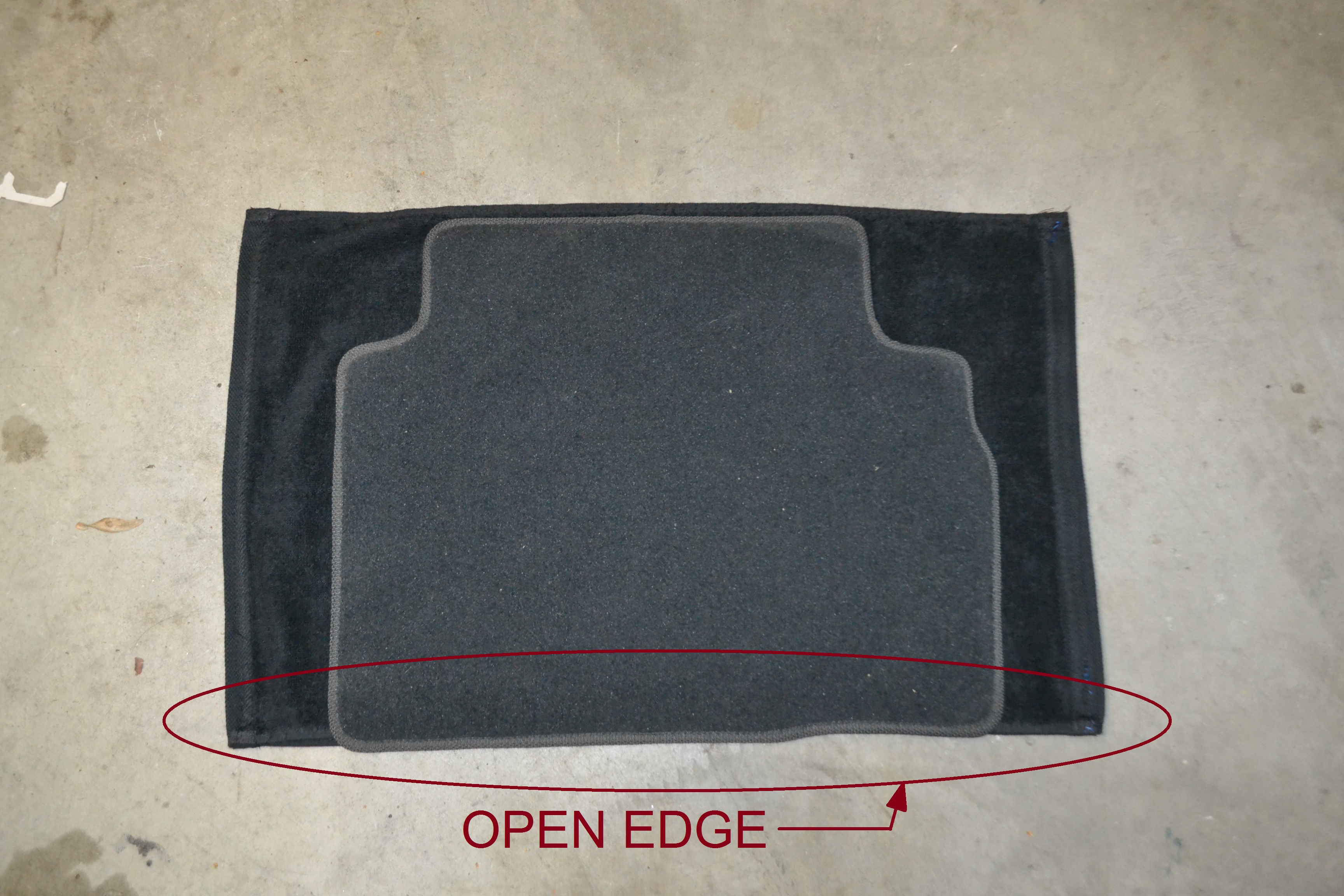

 When I started eliminating single use products out of my life, I really had no need to replace all of the products with reusable ones. But as we all know, life changes, and we adapt to it. Years ago, I had used single use, cotton rounds to remove makeup and nail polish. When I transitioned to a minimalist zero waste lifestyle, I eliminated nail polish from my life and only used vegan makeup. My vegan makeup removal process does not require cotton pads to remove the makeup, just soap and water.
When I started eliminating single use products out of my life, I really had no need to replace all of the products with reusable ones. But as we all know, life changes, and we adapt to it. Years ago, I had used single use, cotton rounds to remove makeup and nail polish. When I transitioned to a minimalist zero waste lifestyle, I eliminated nail polish from my life and only used vegan makeup. My vegan makeup removal process does not require cotton pads to remove the makeup, just soap and water.








